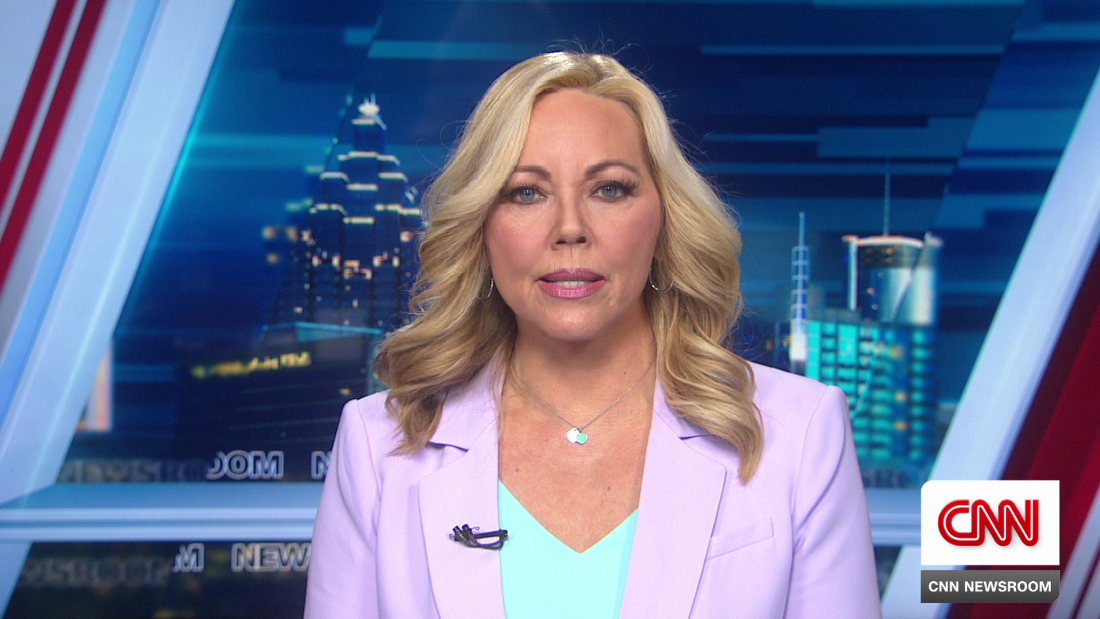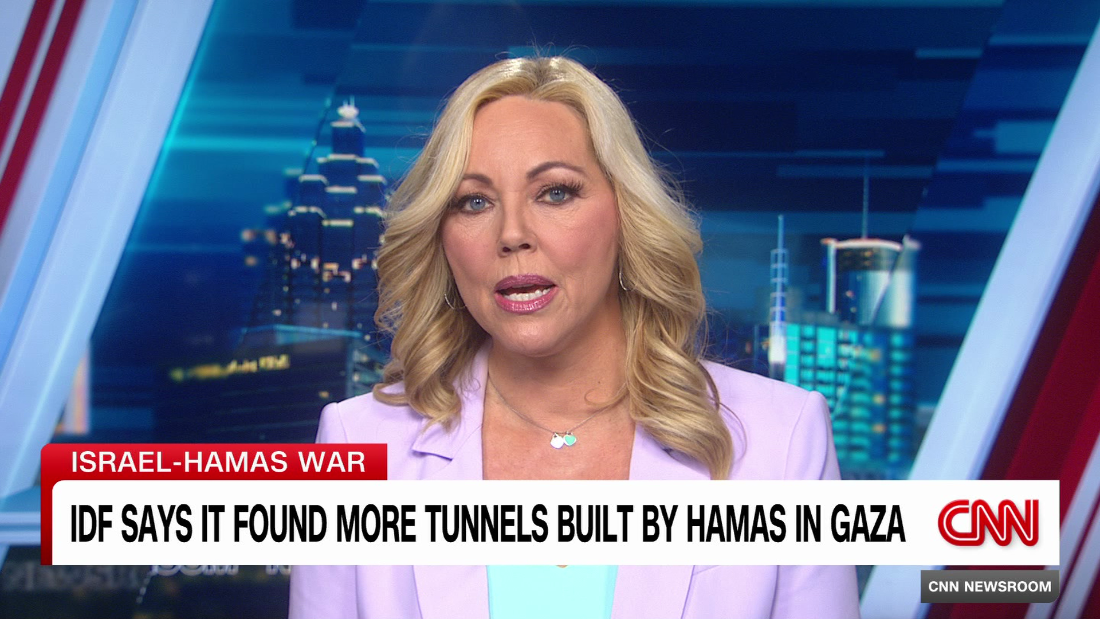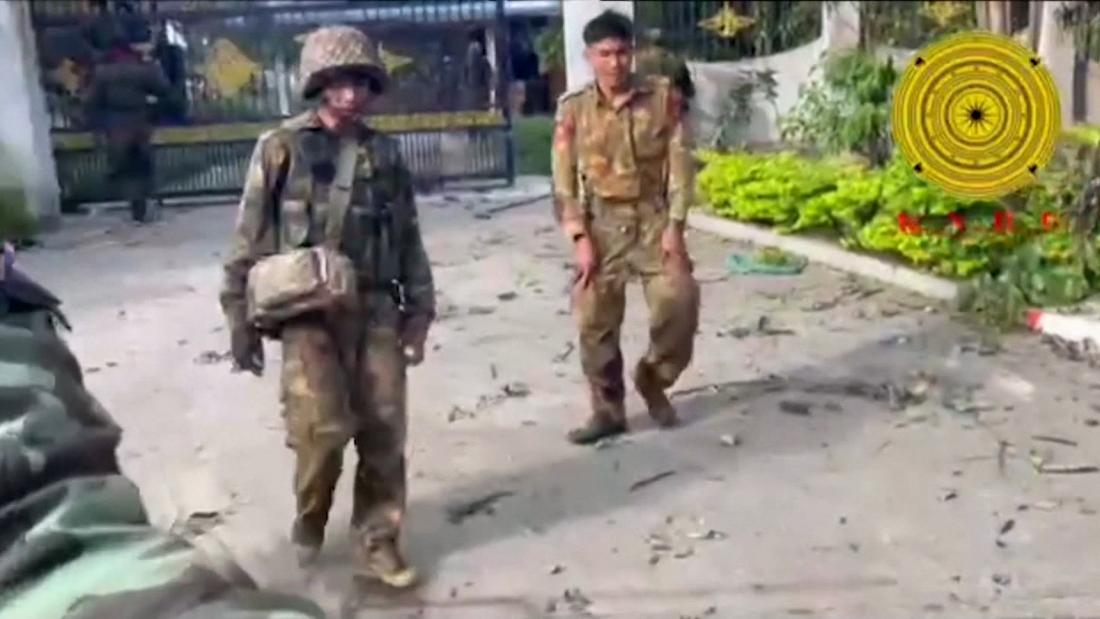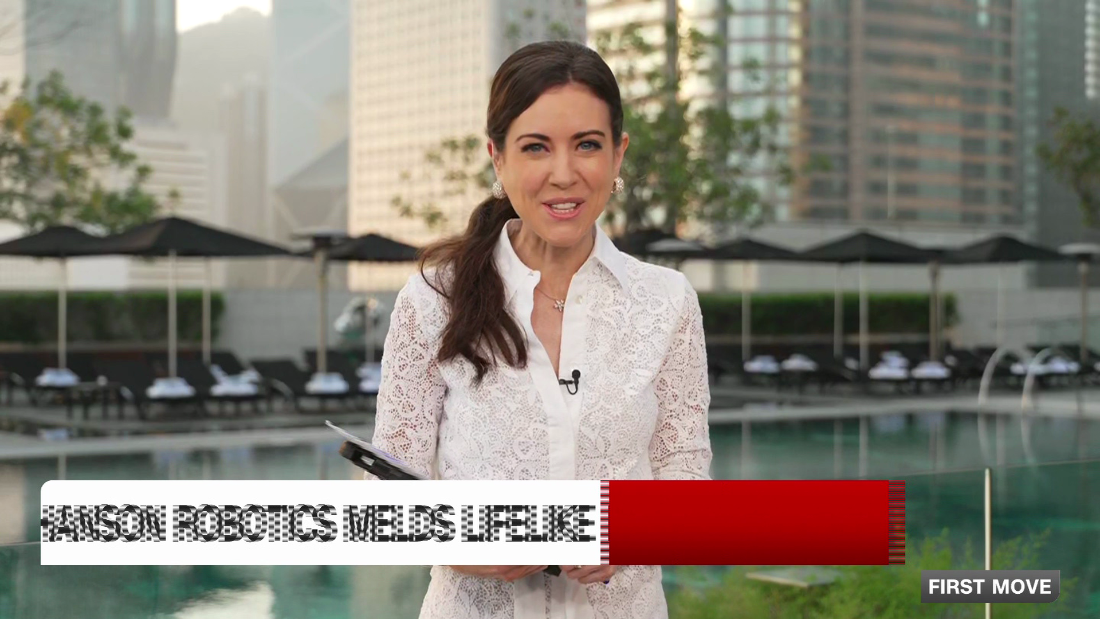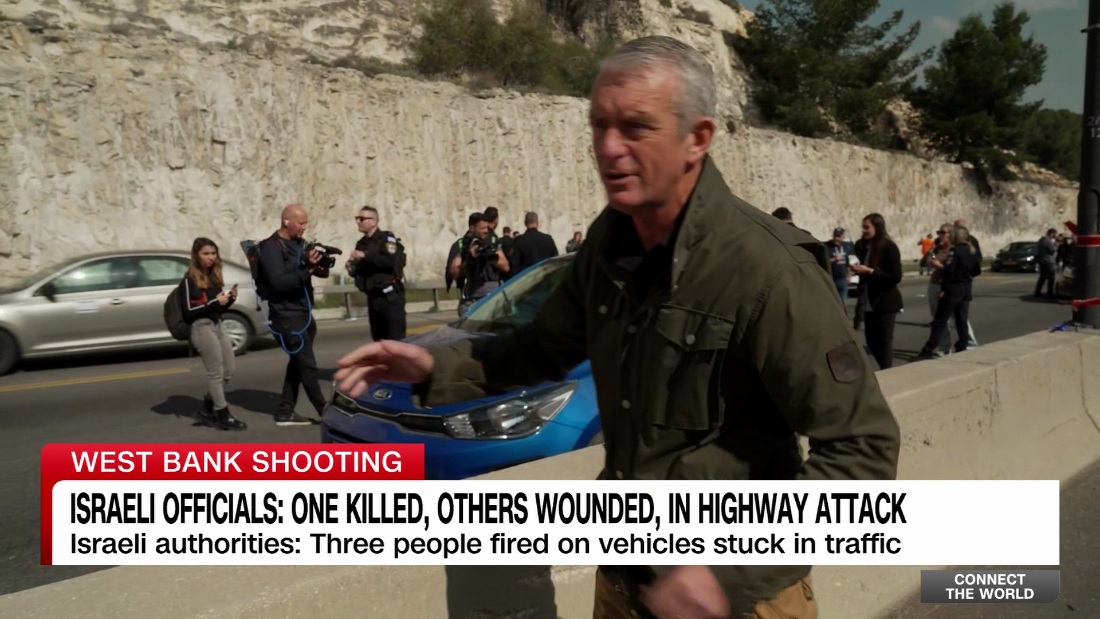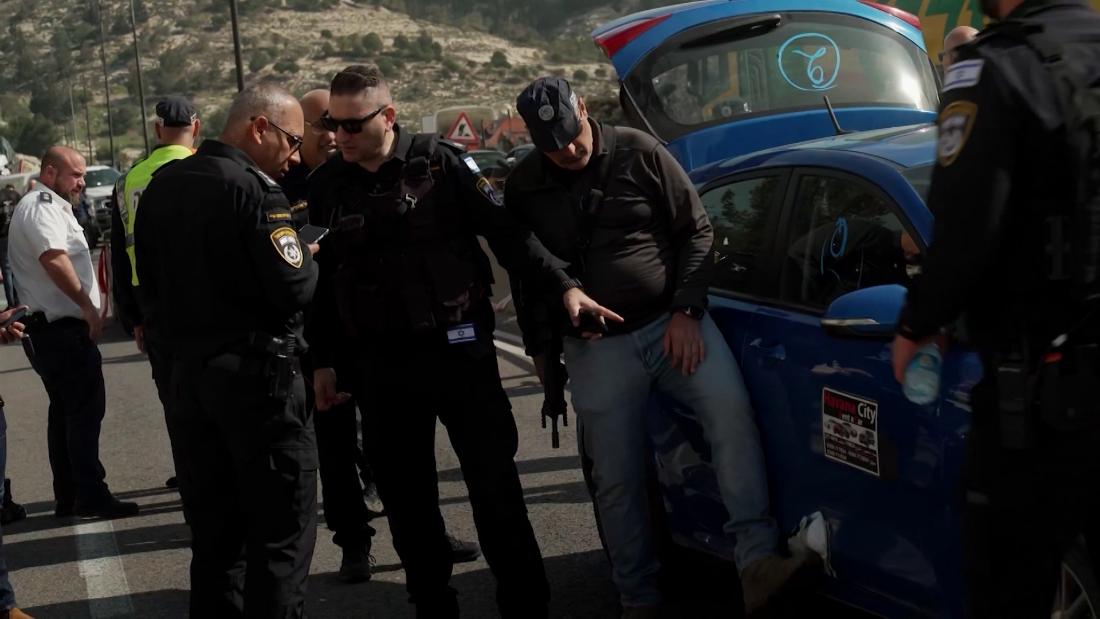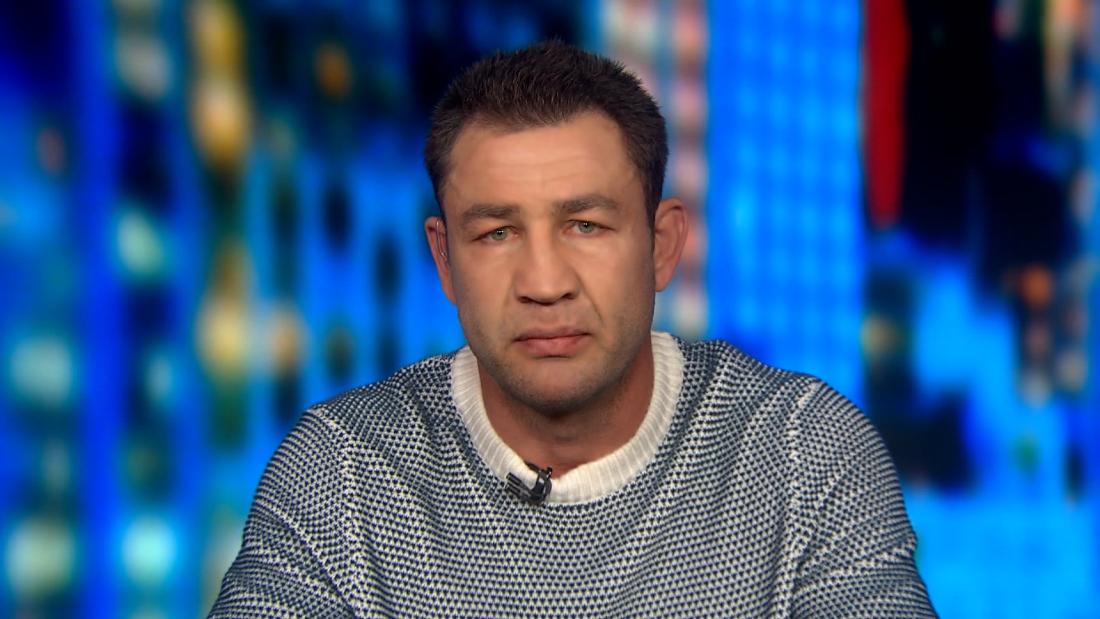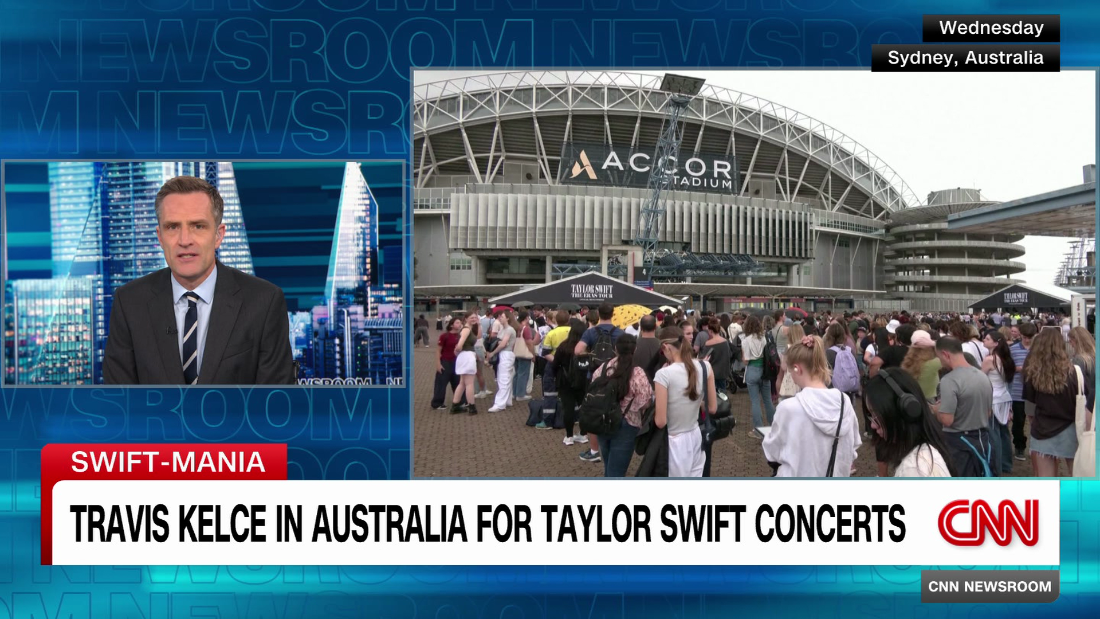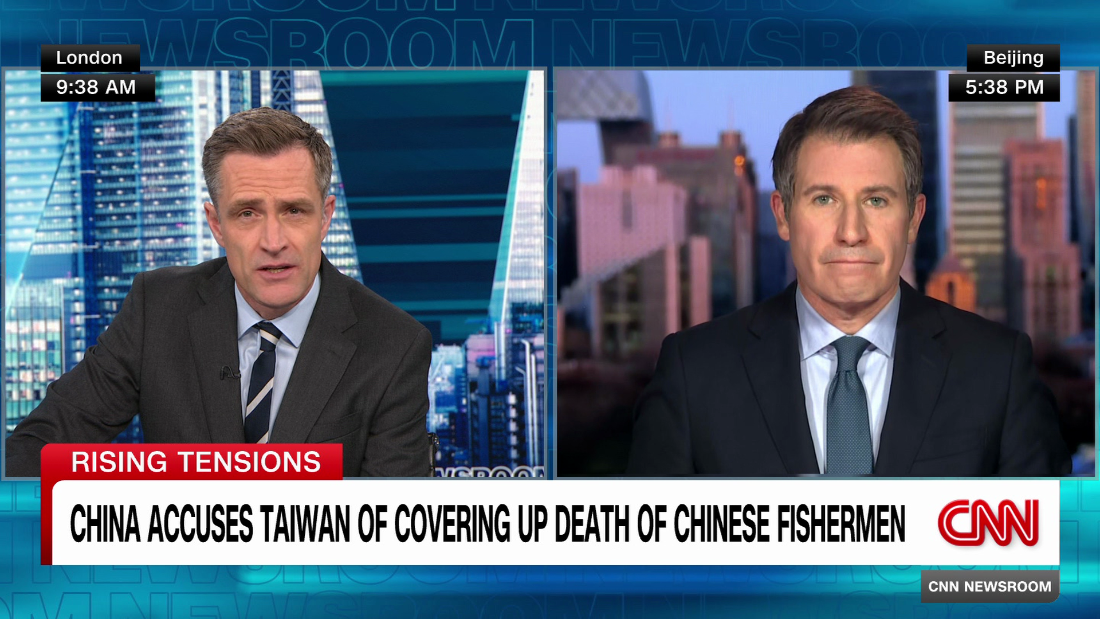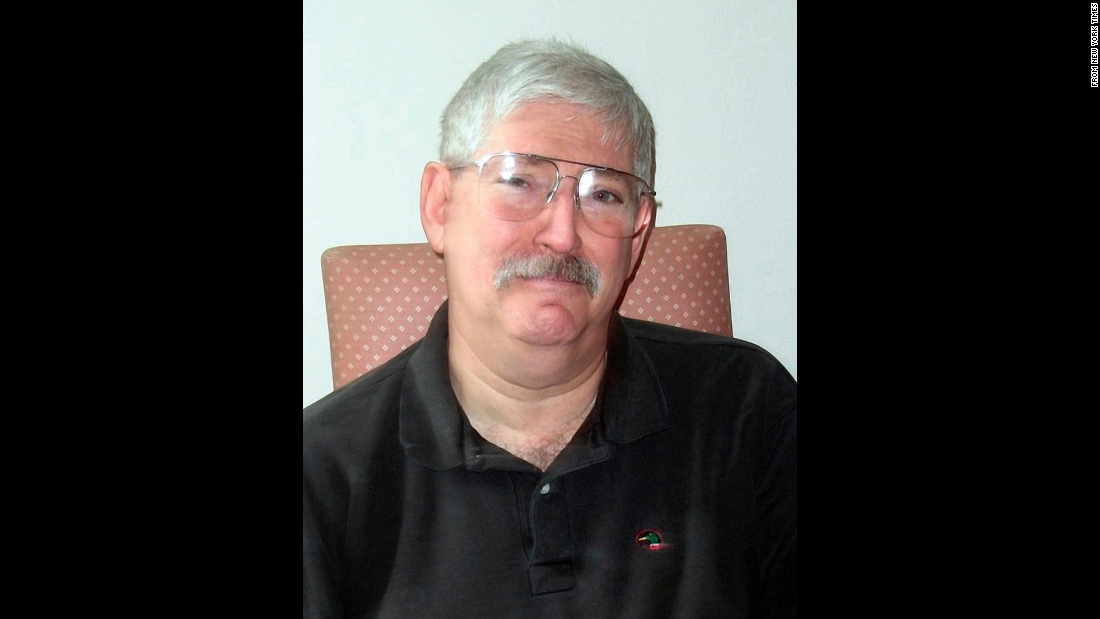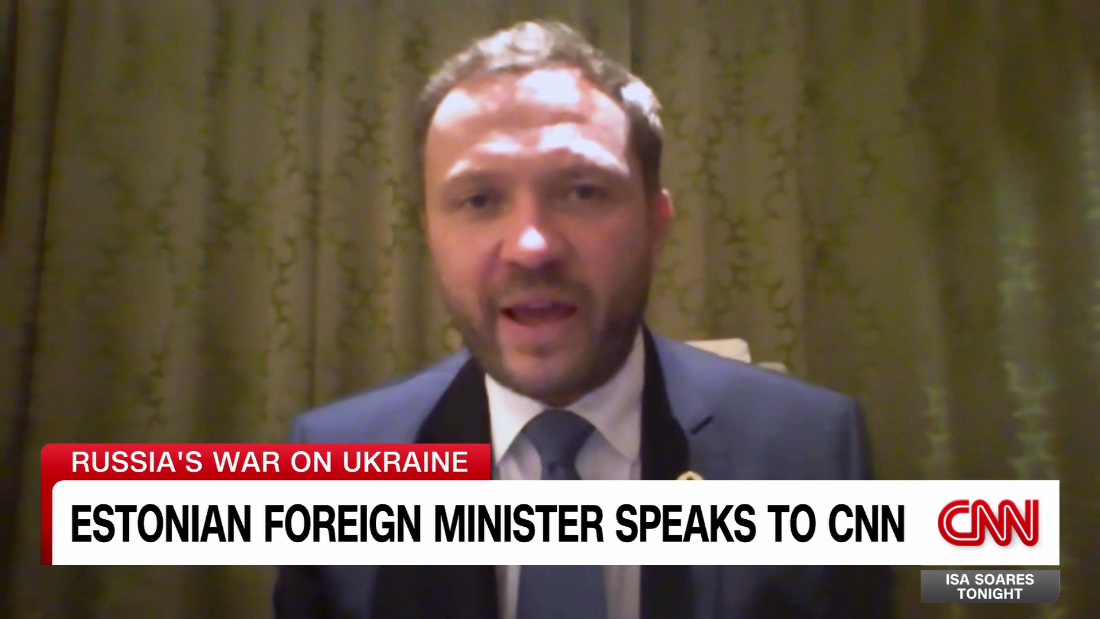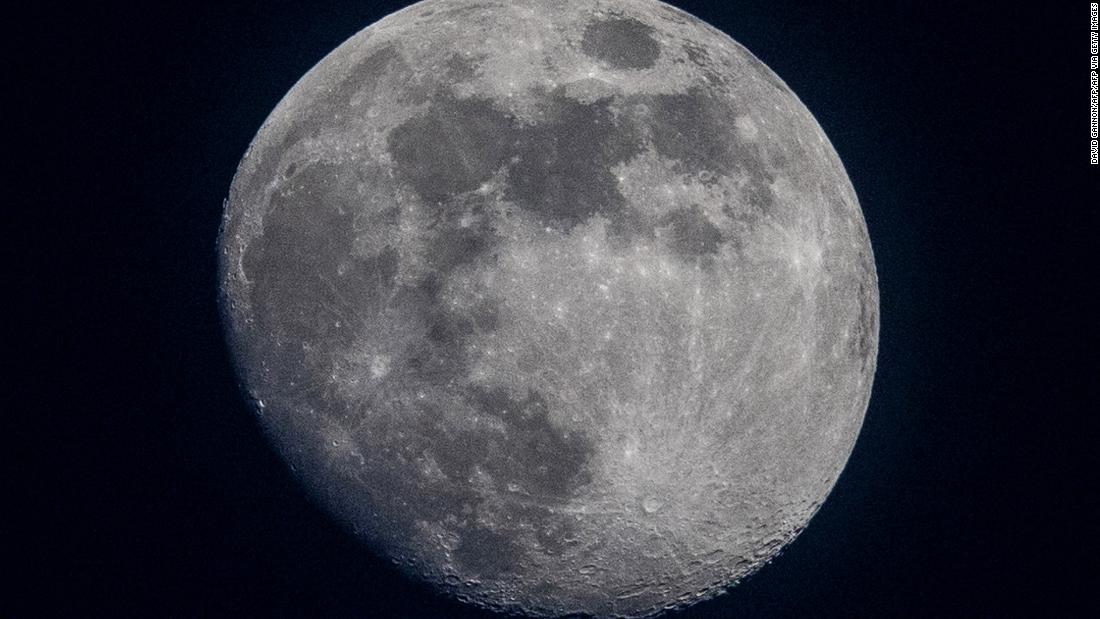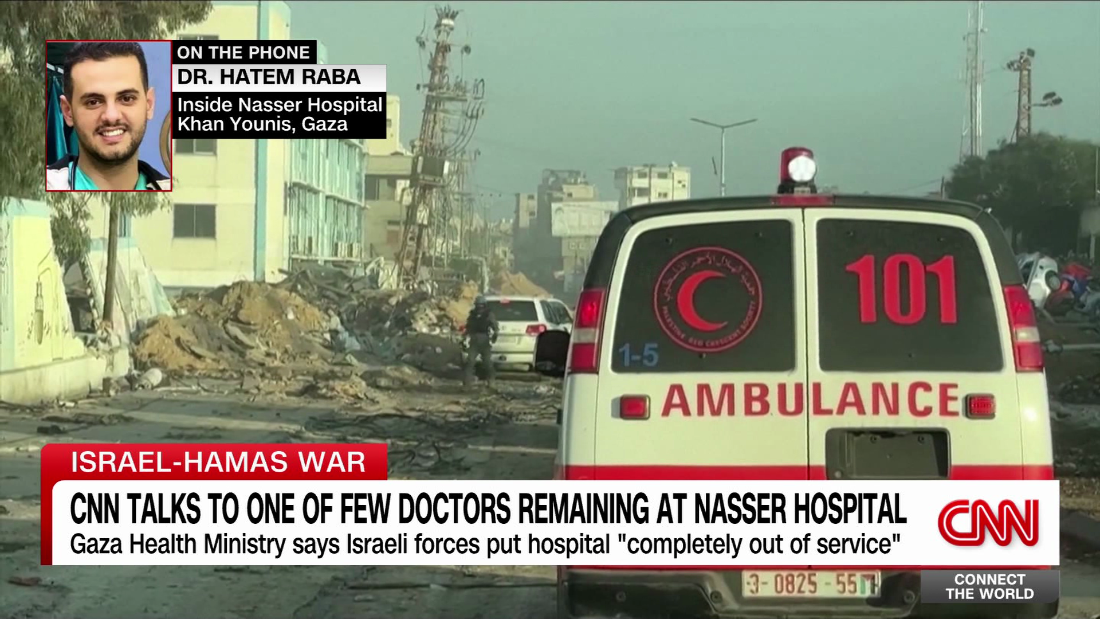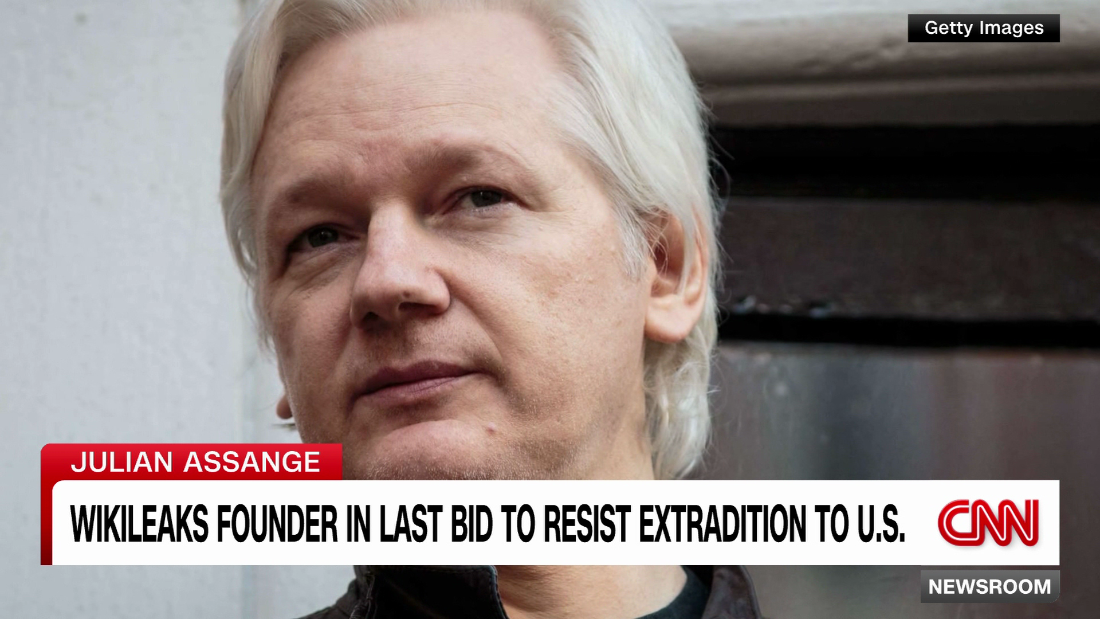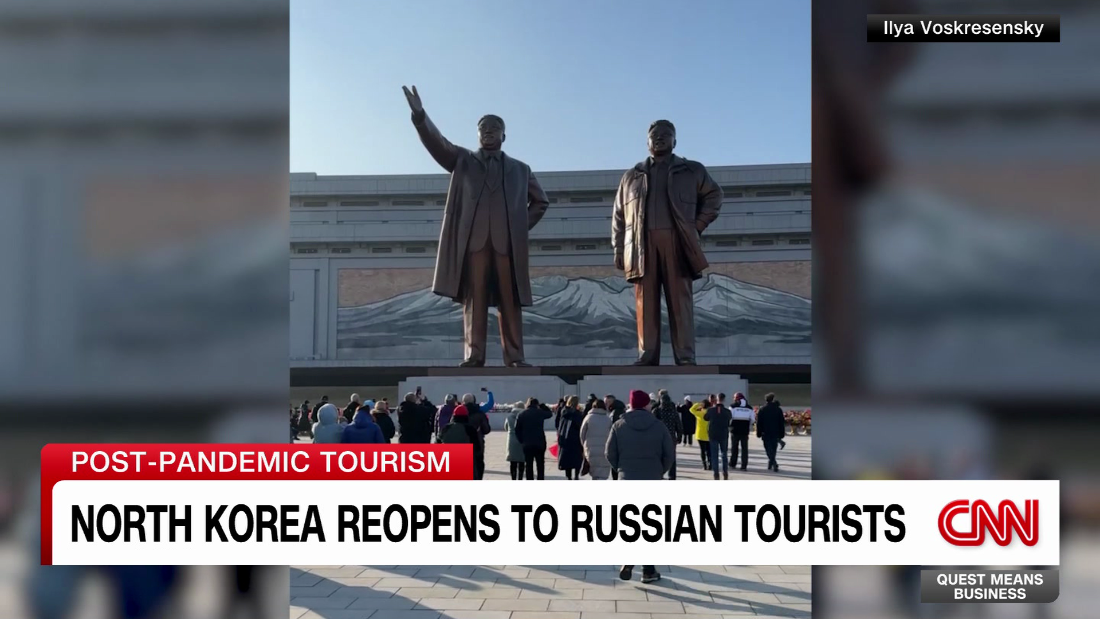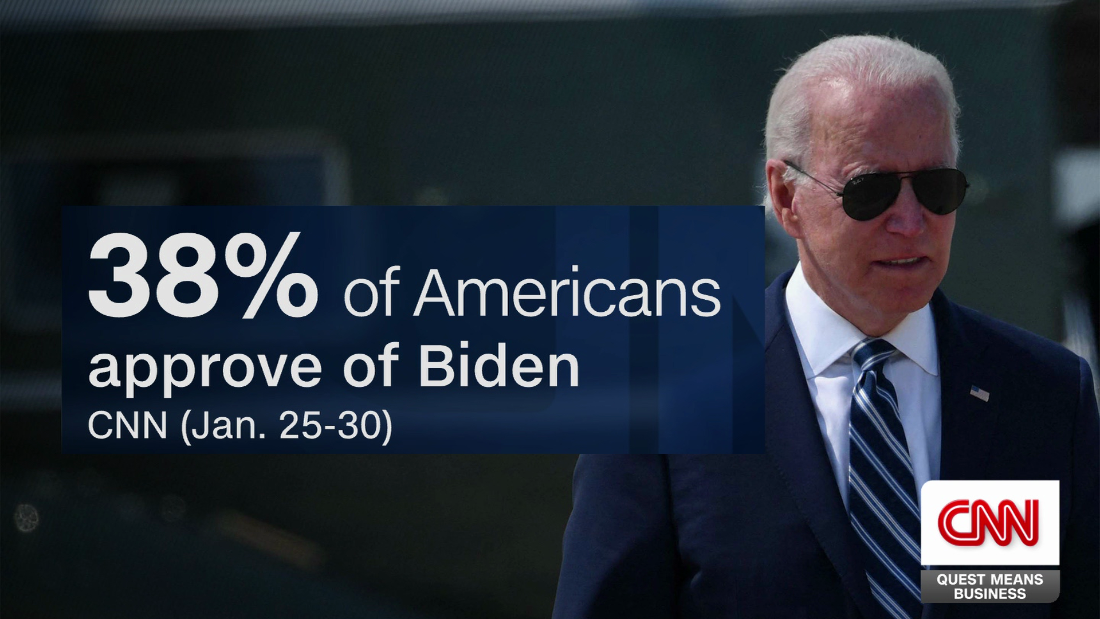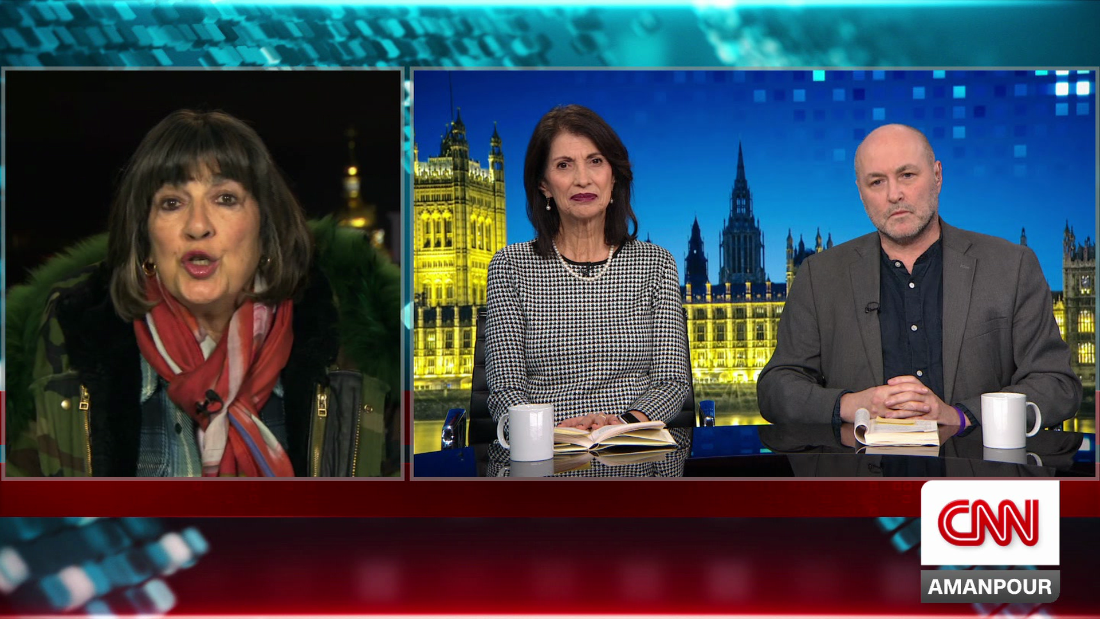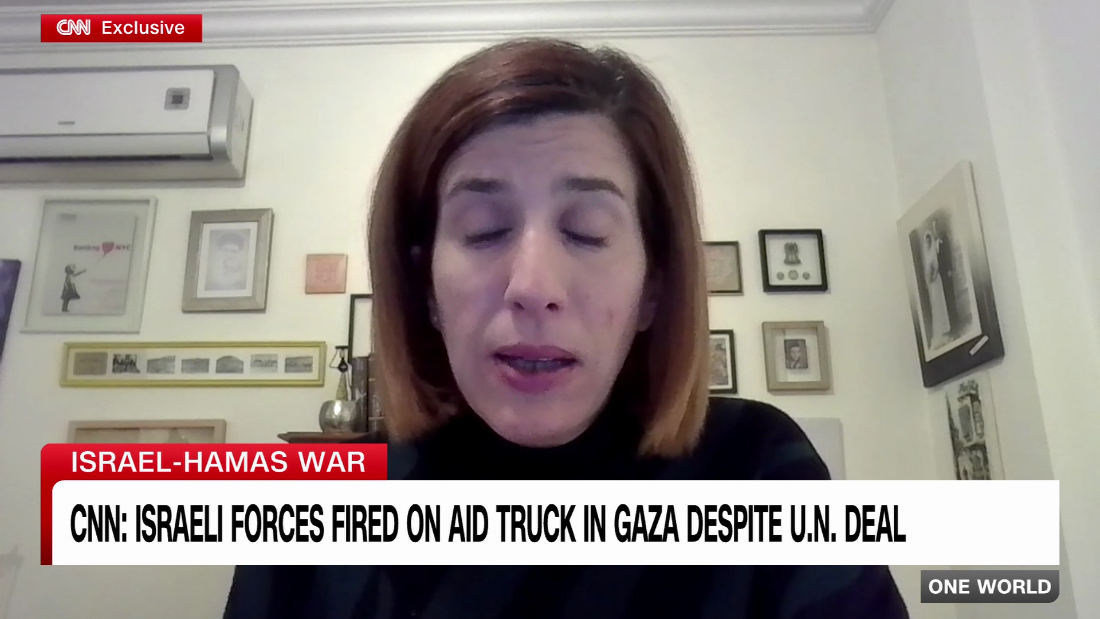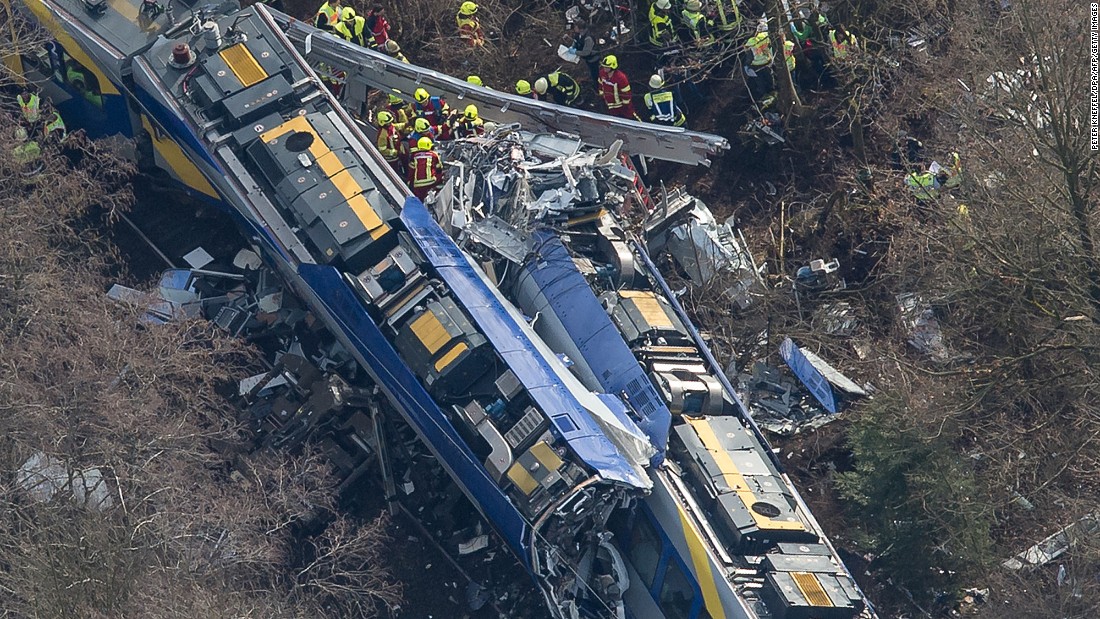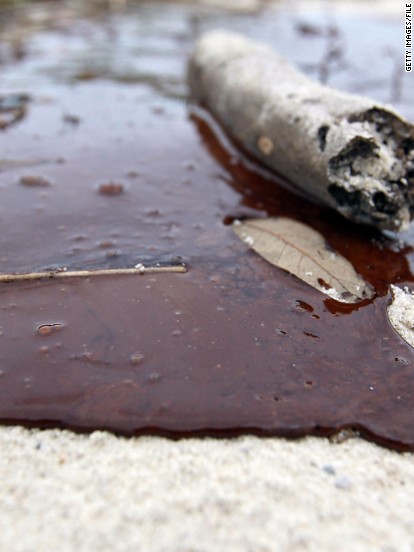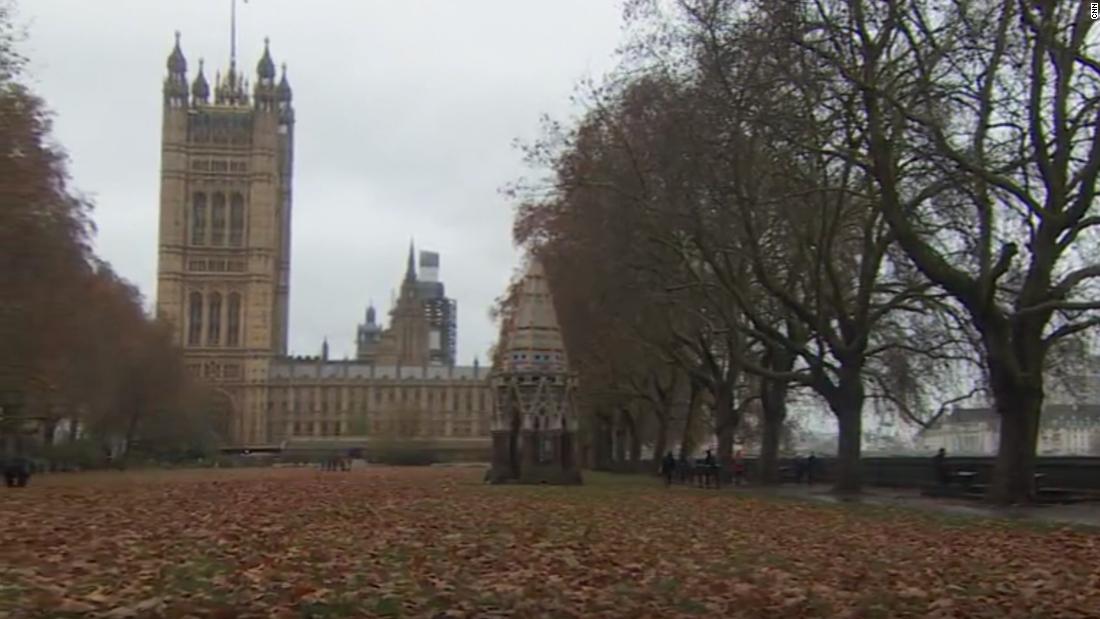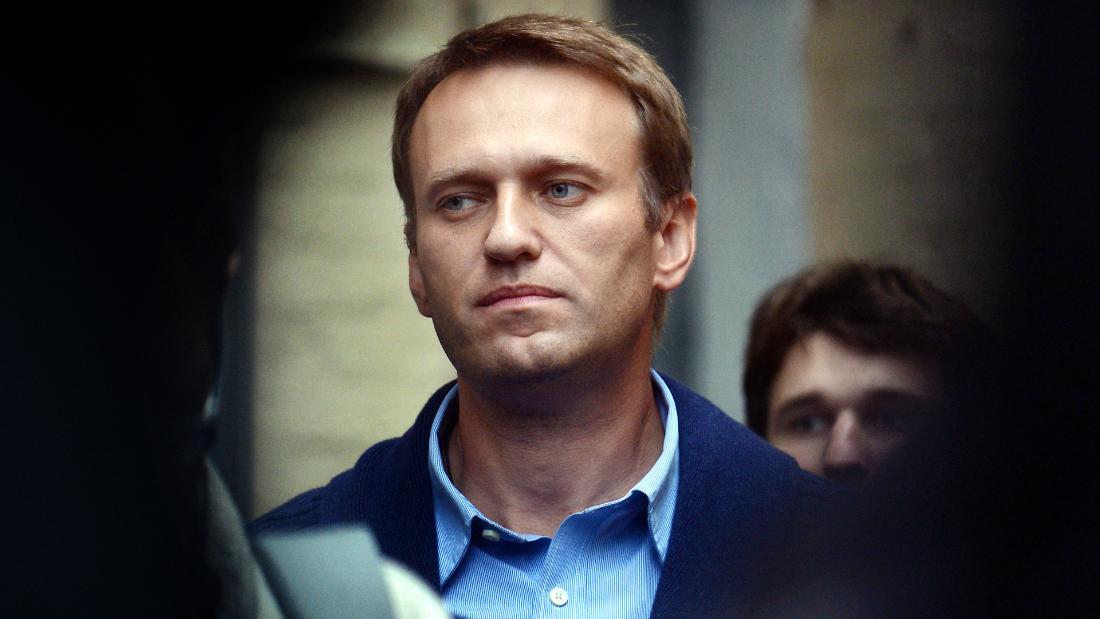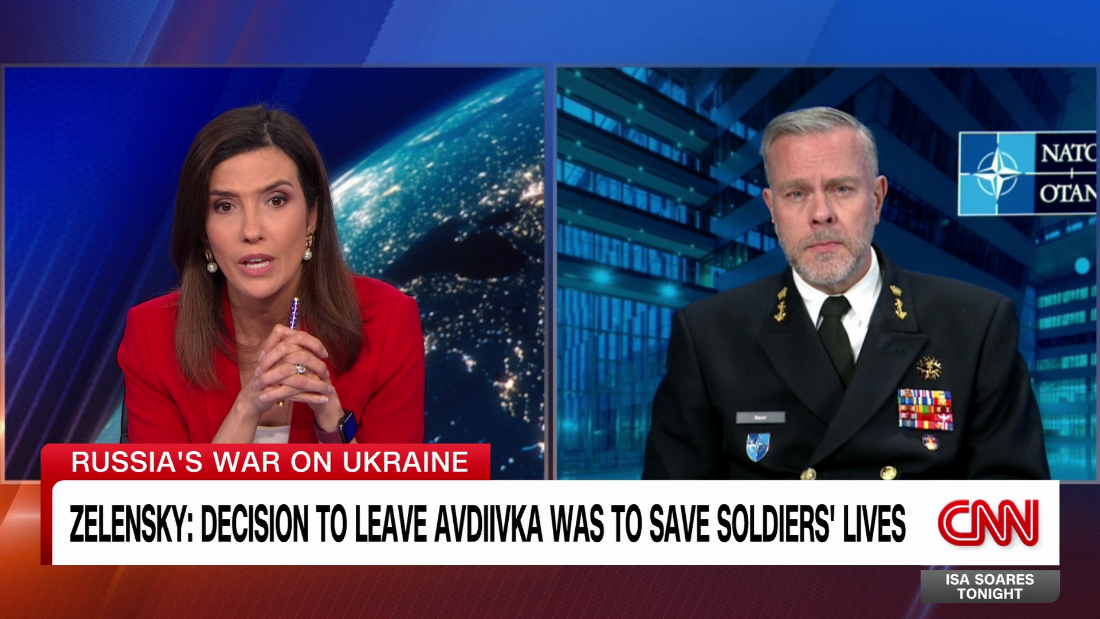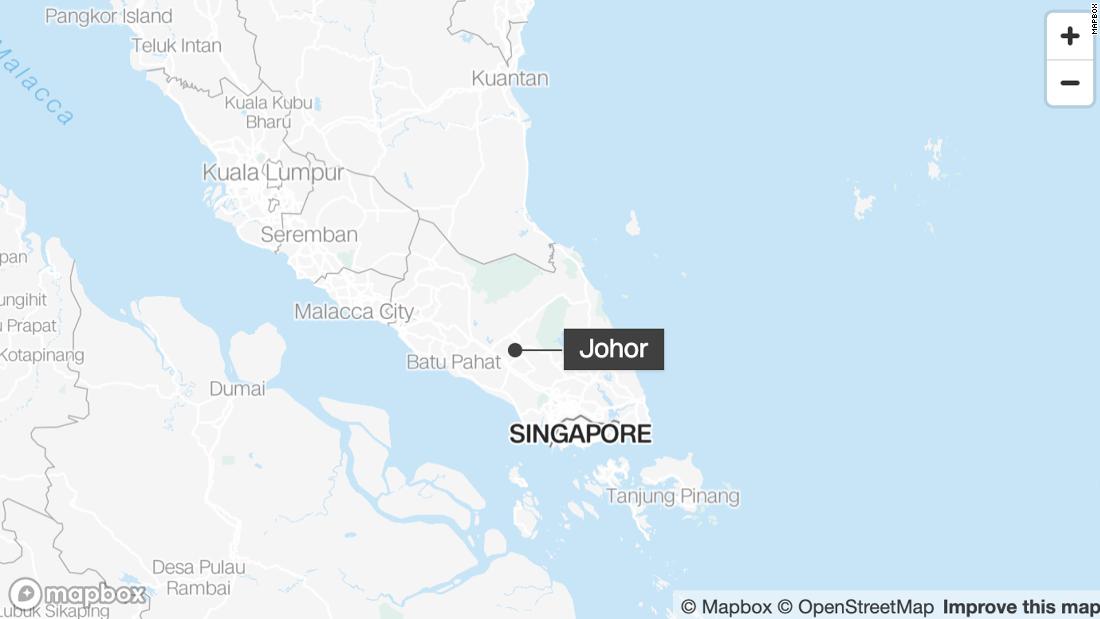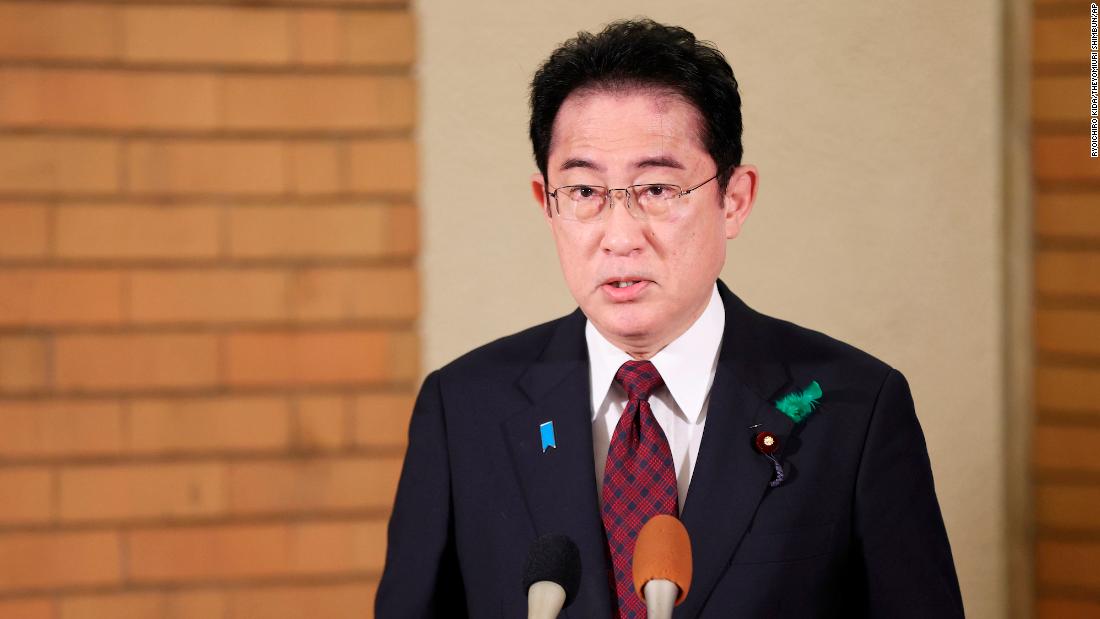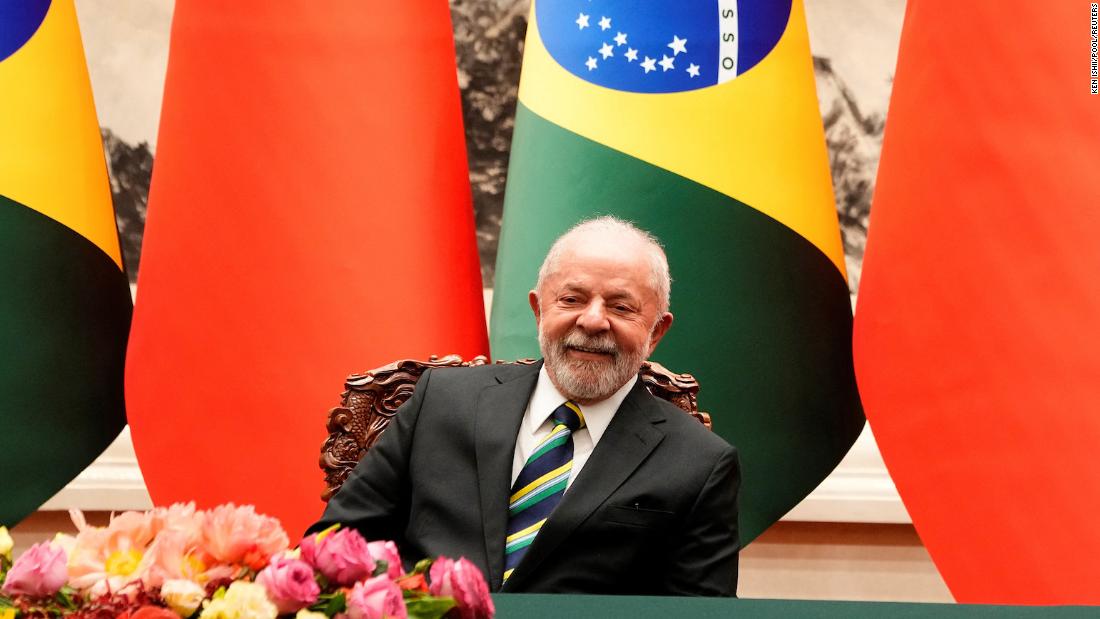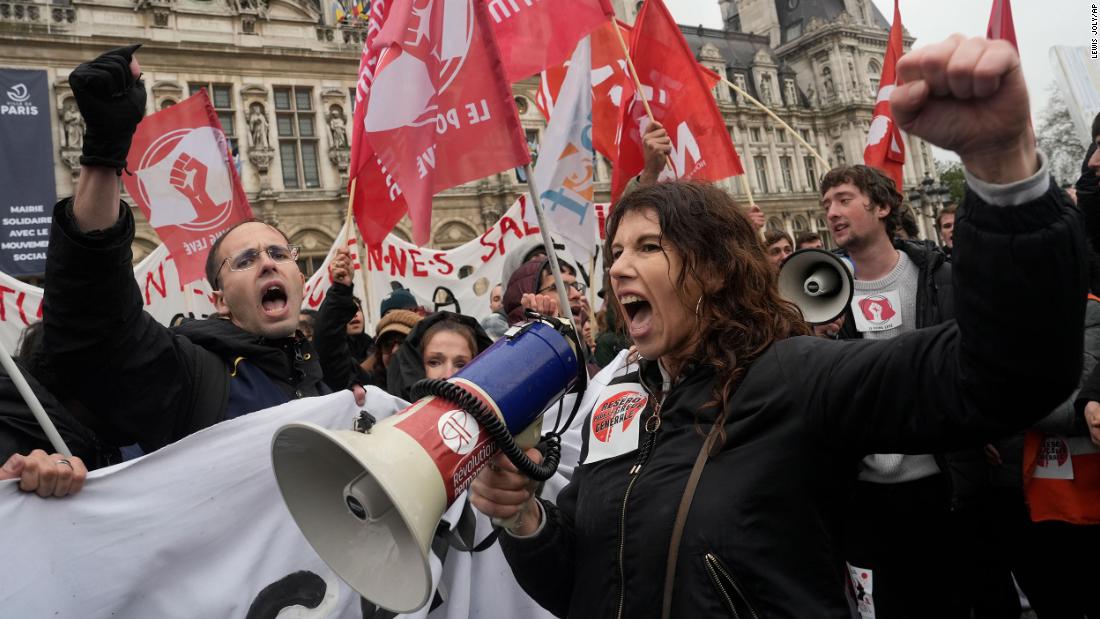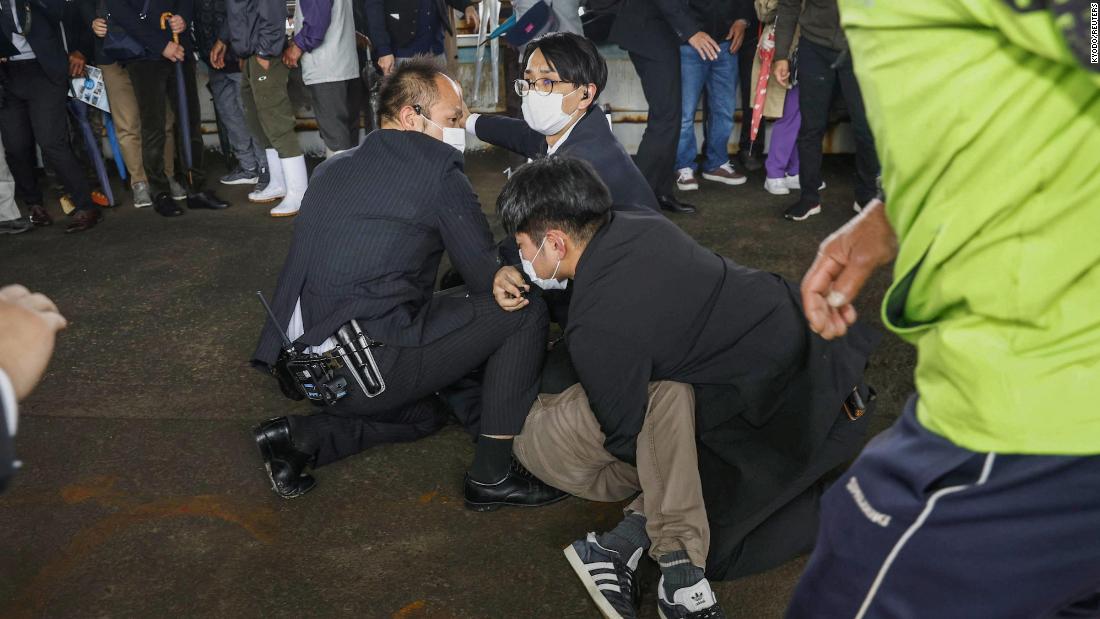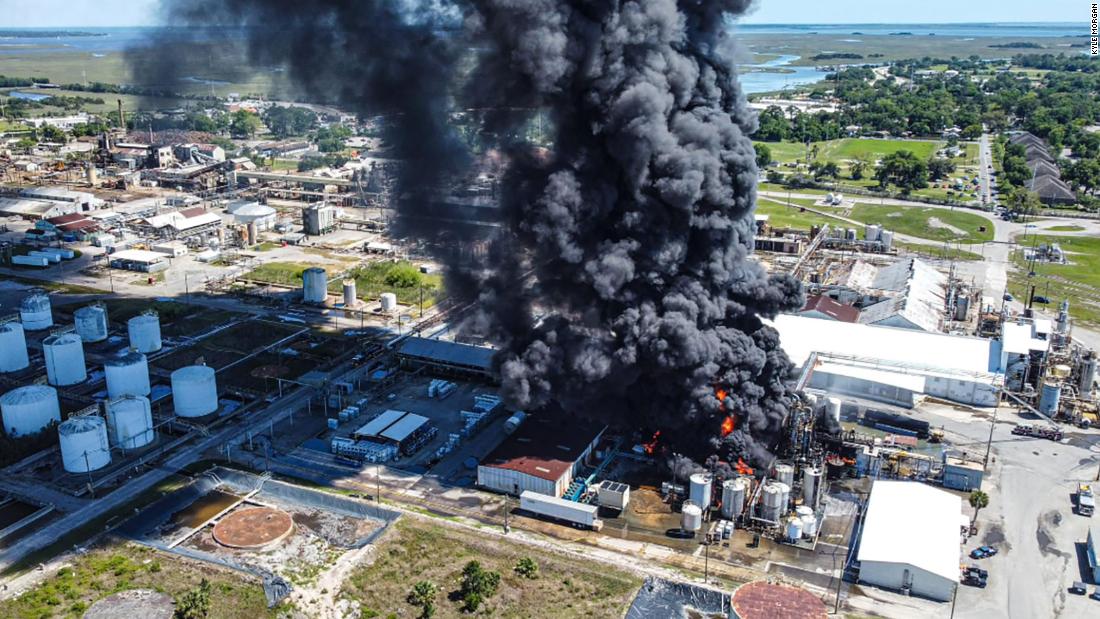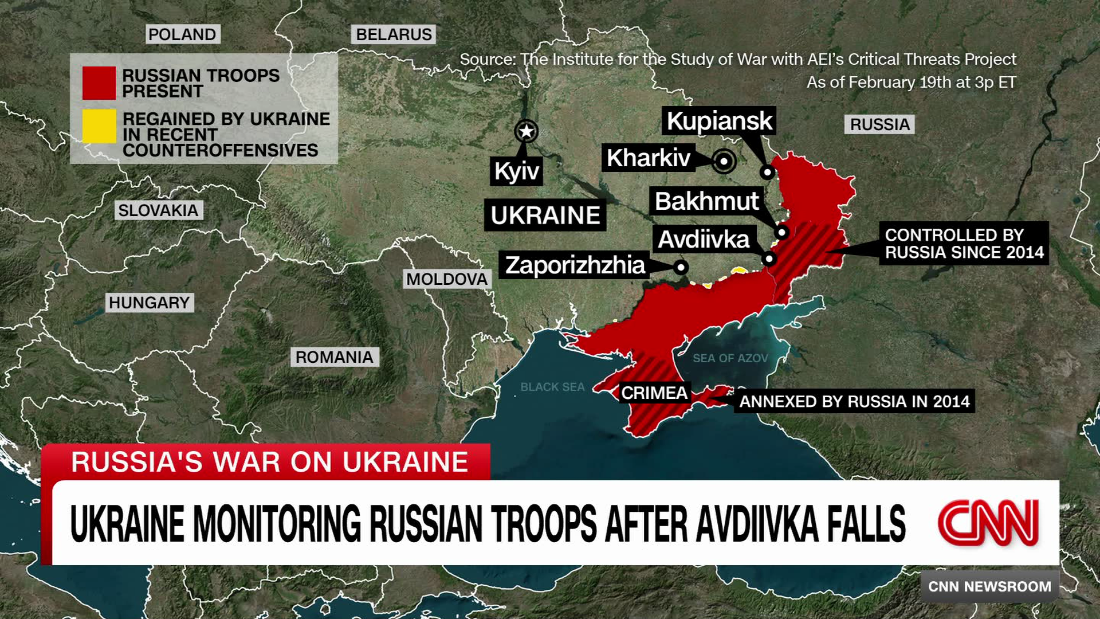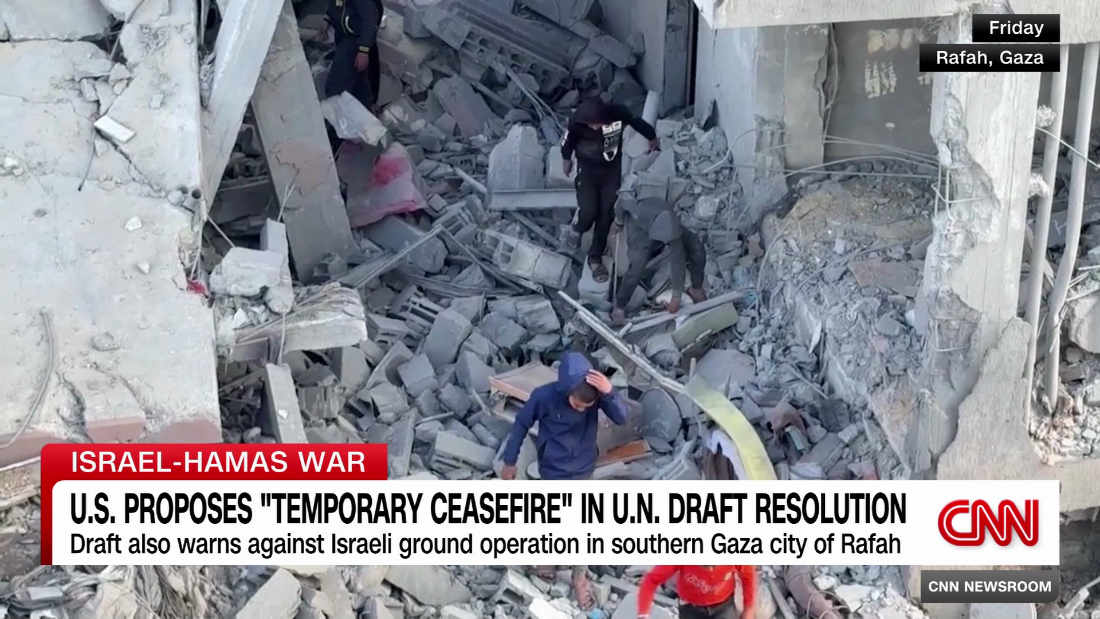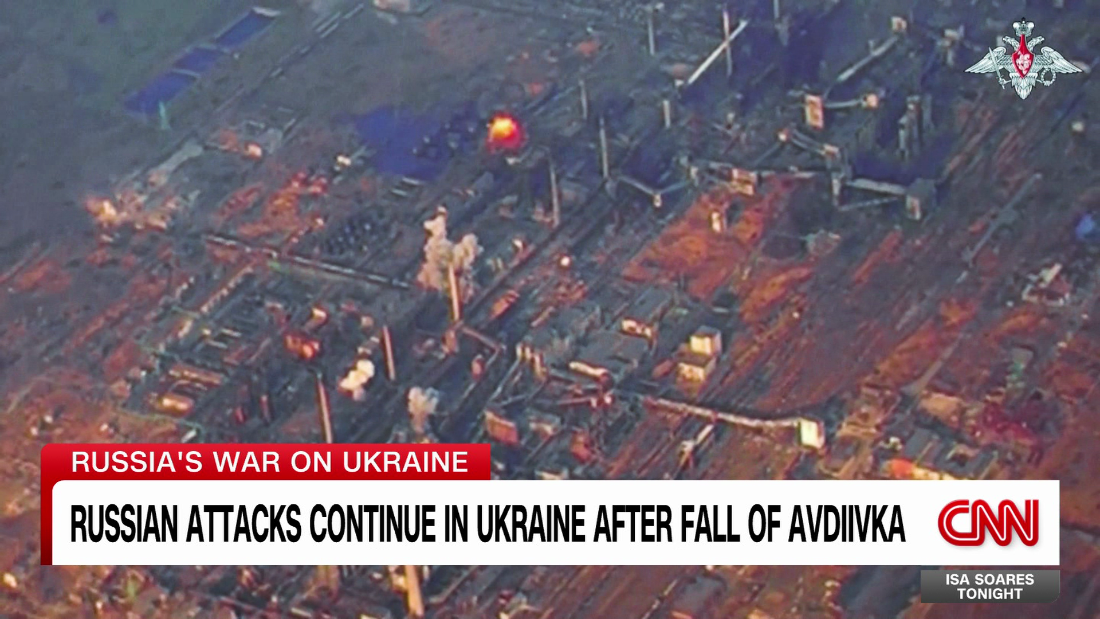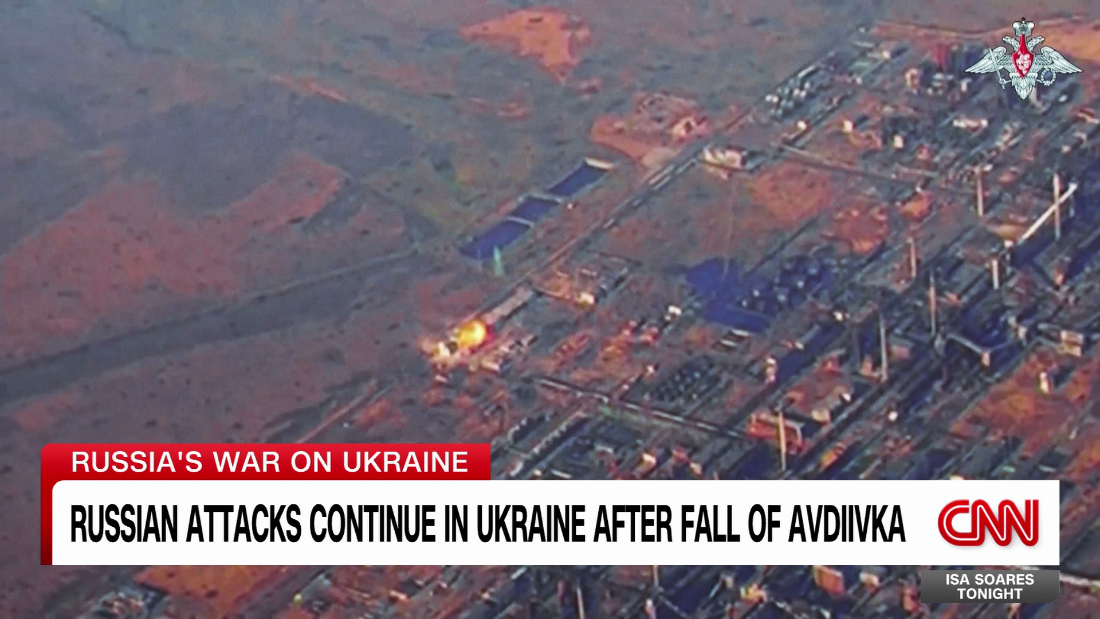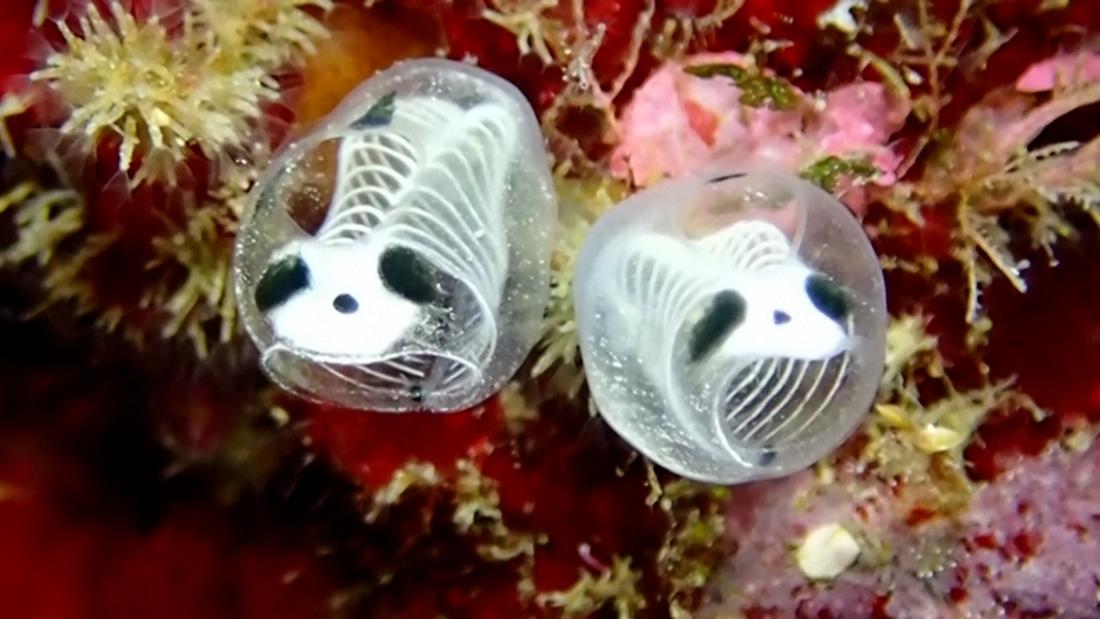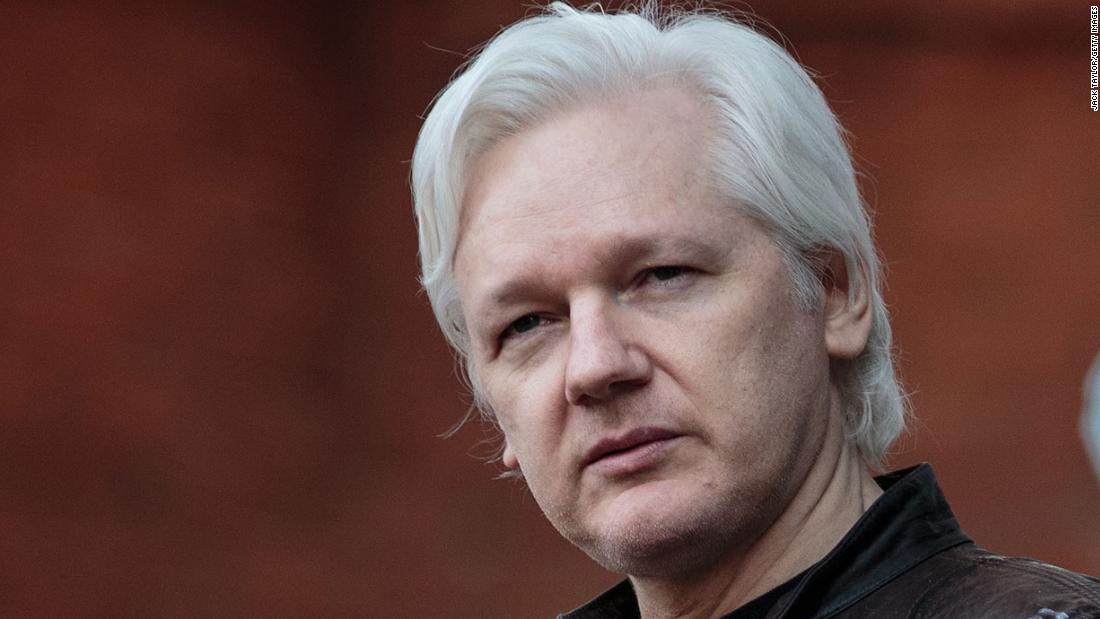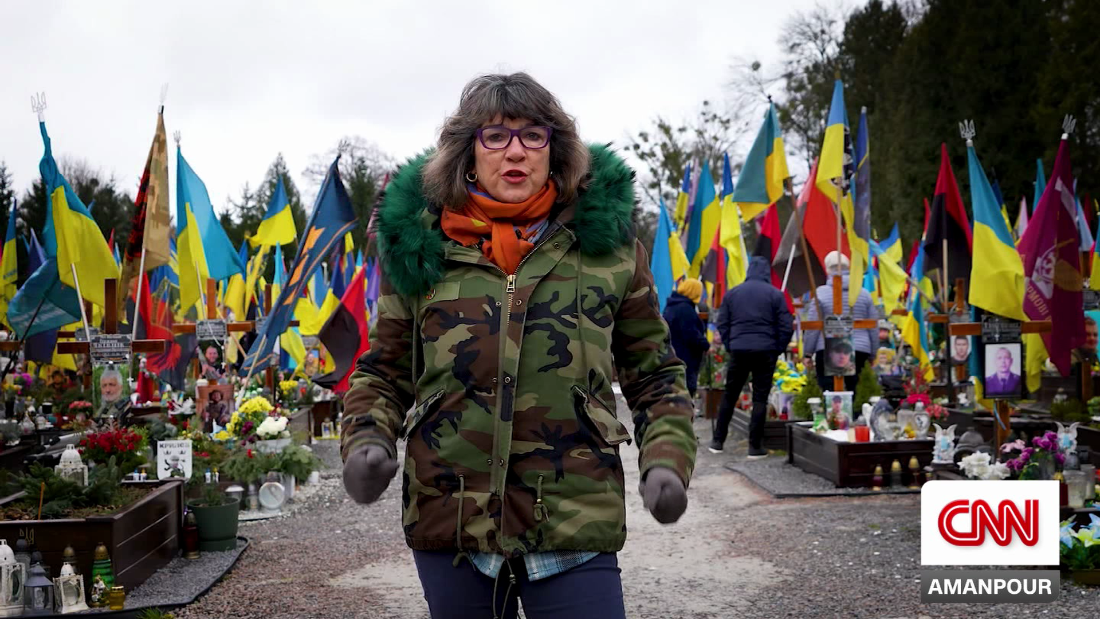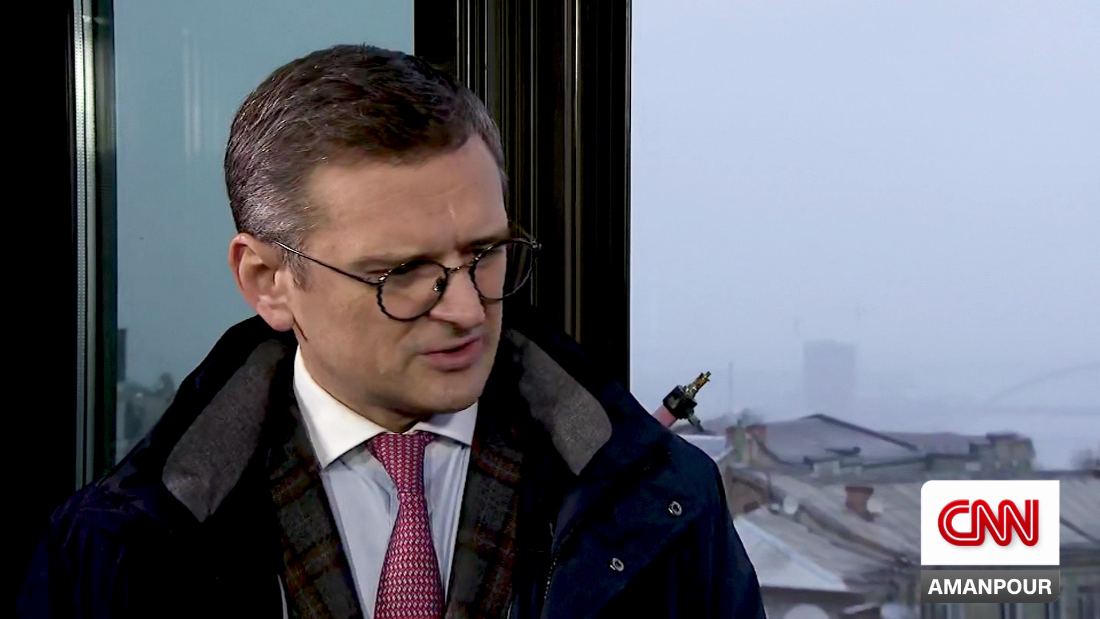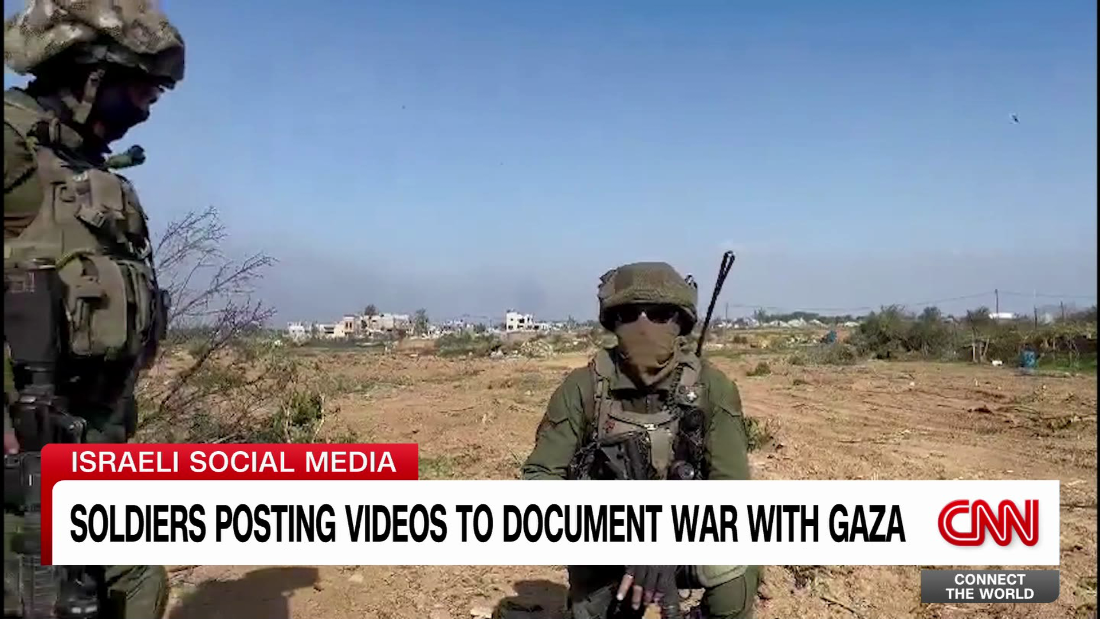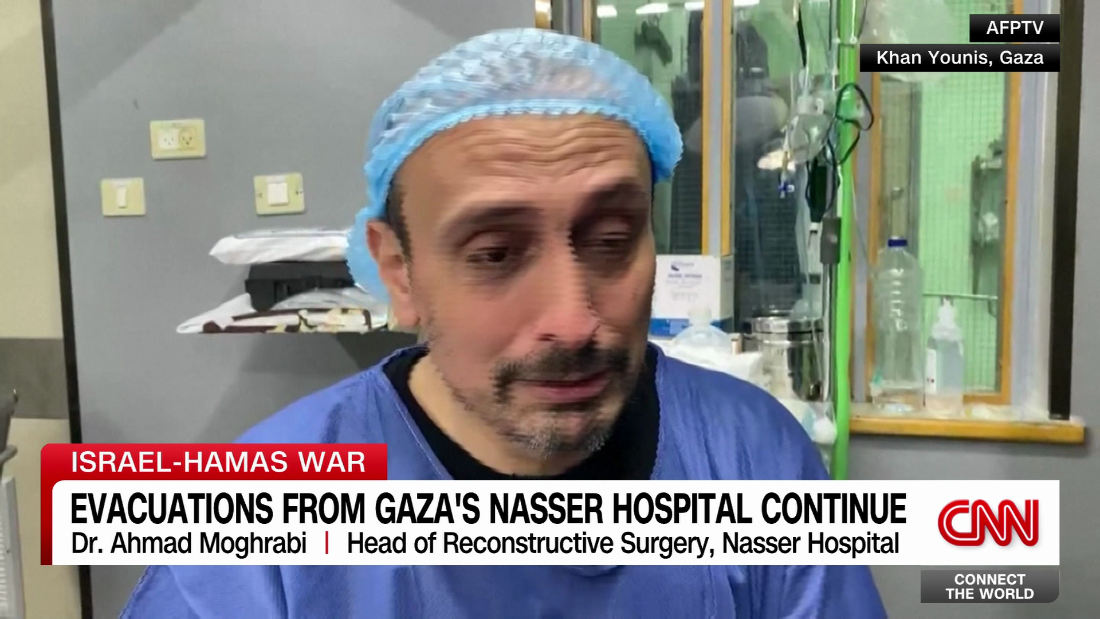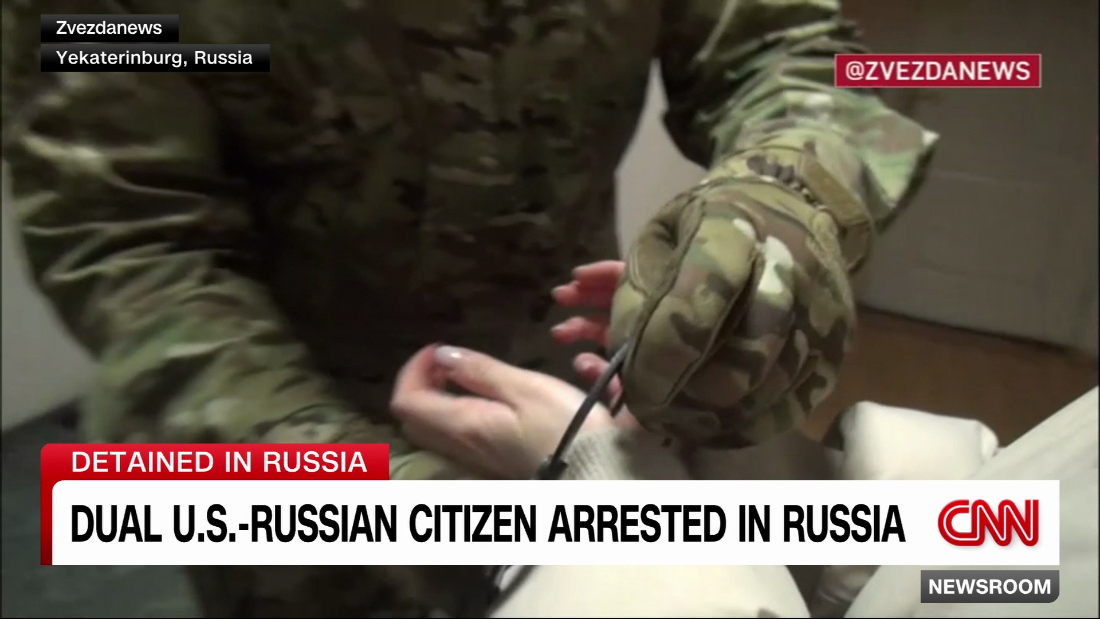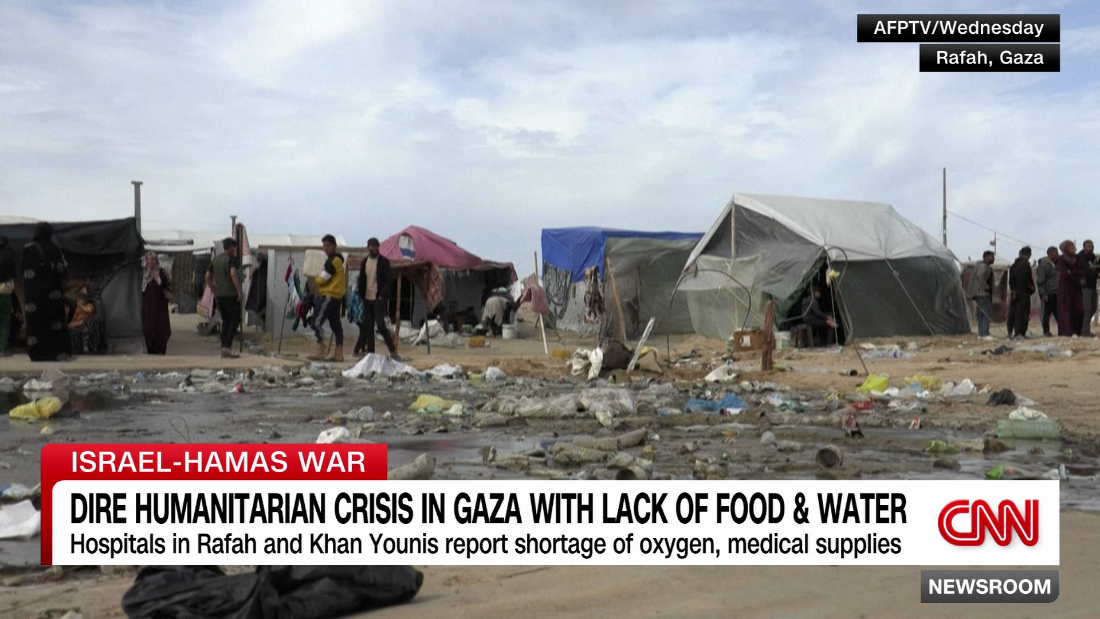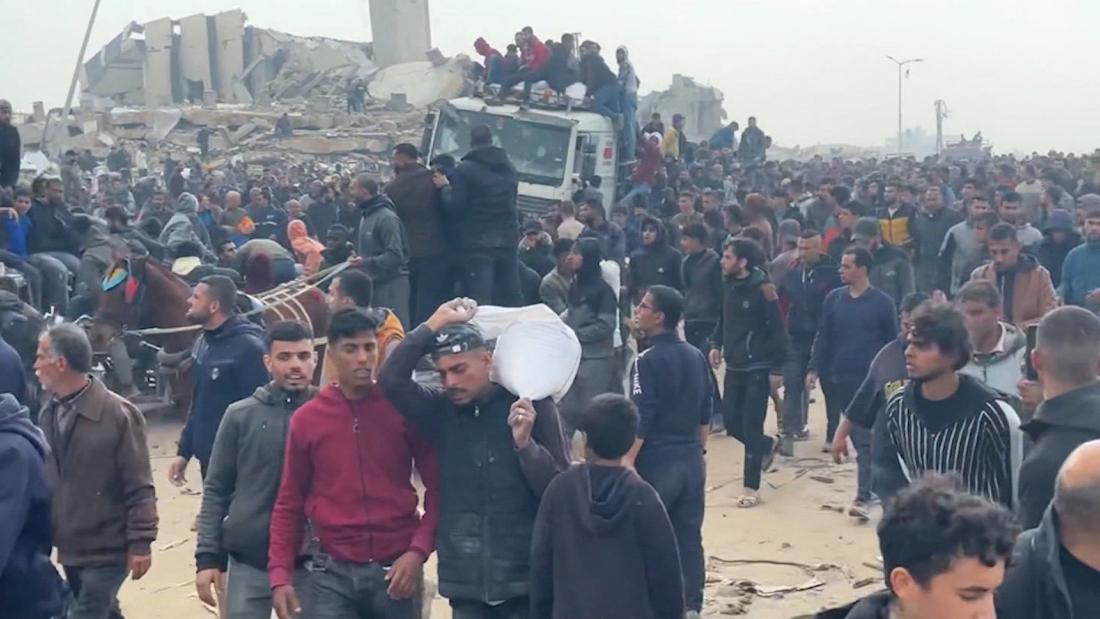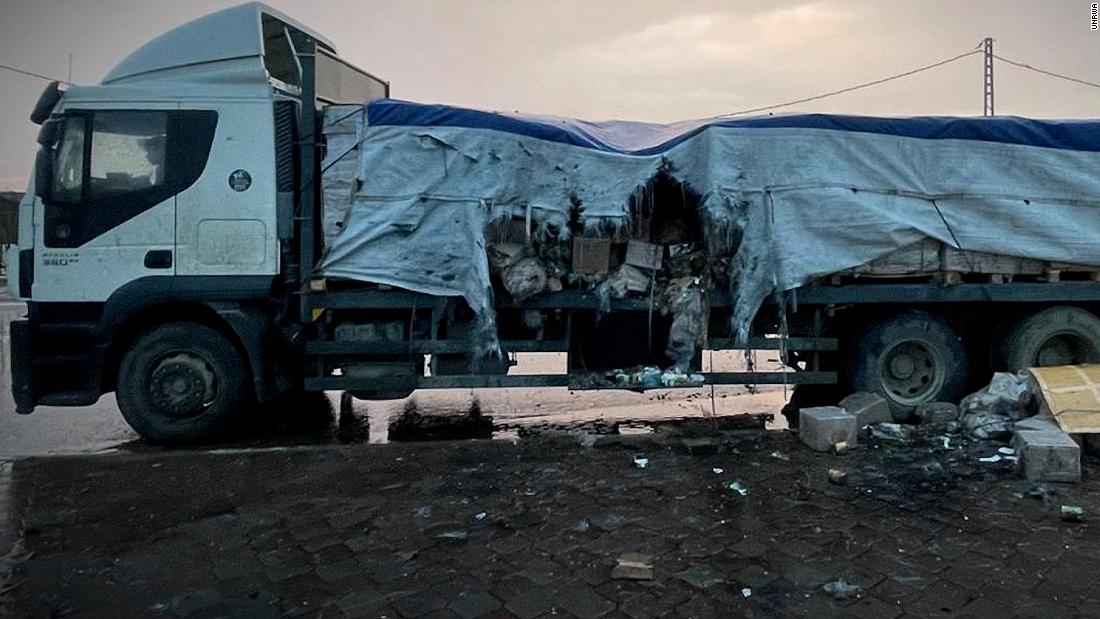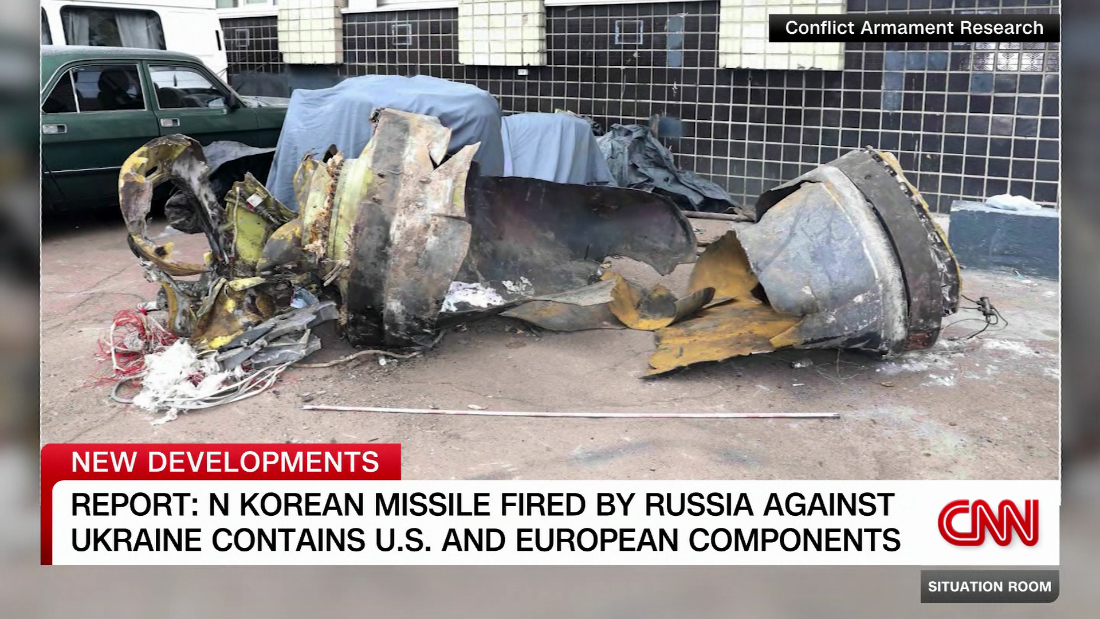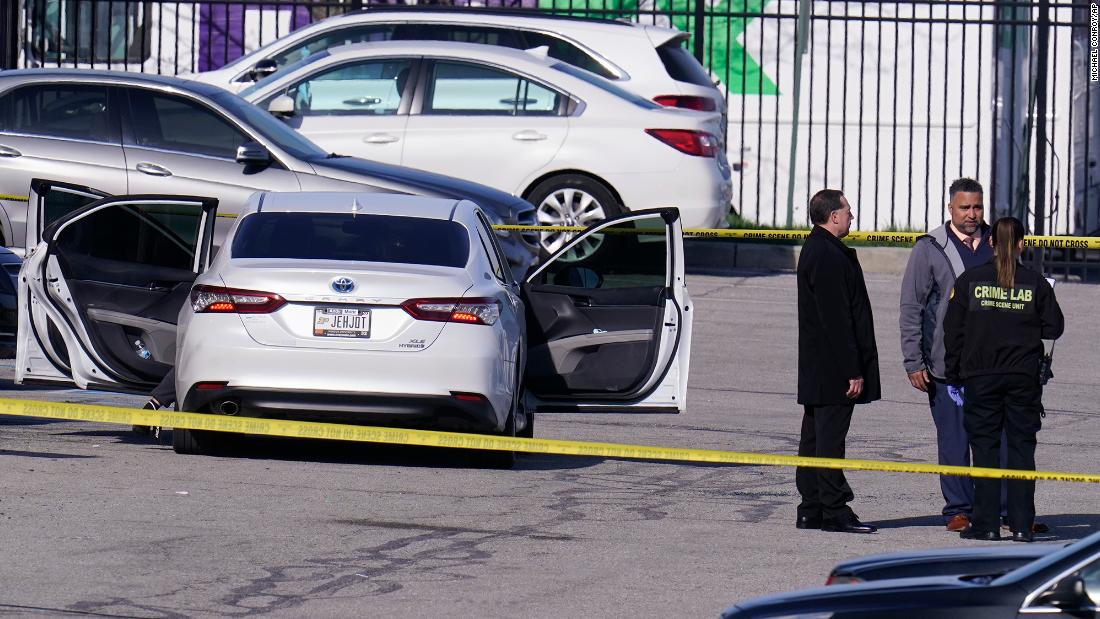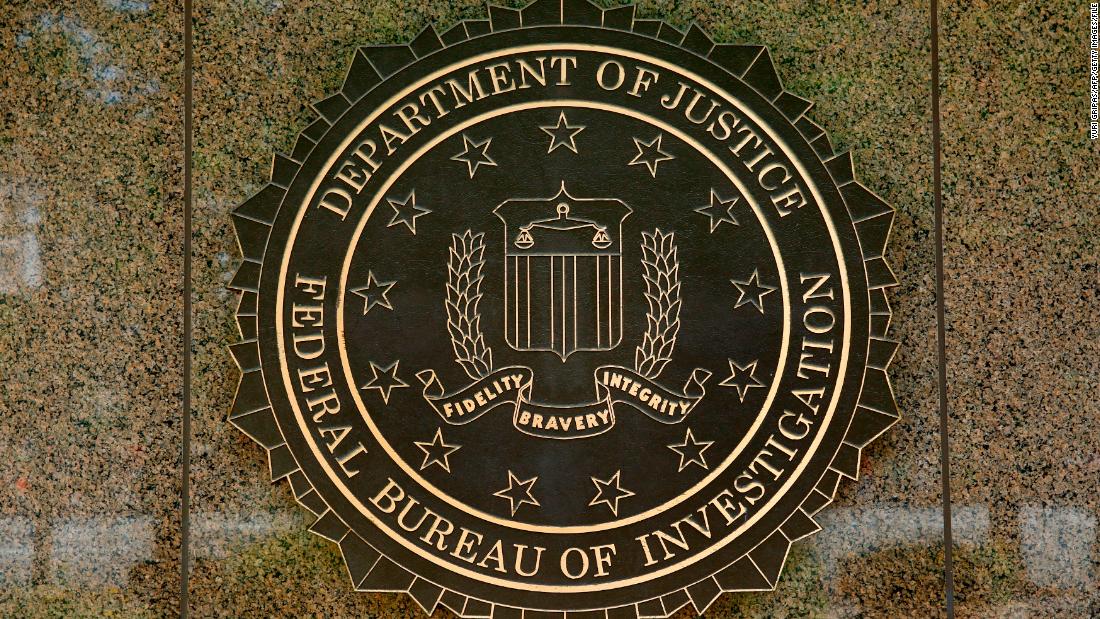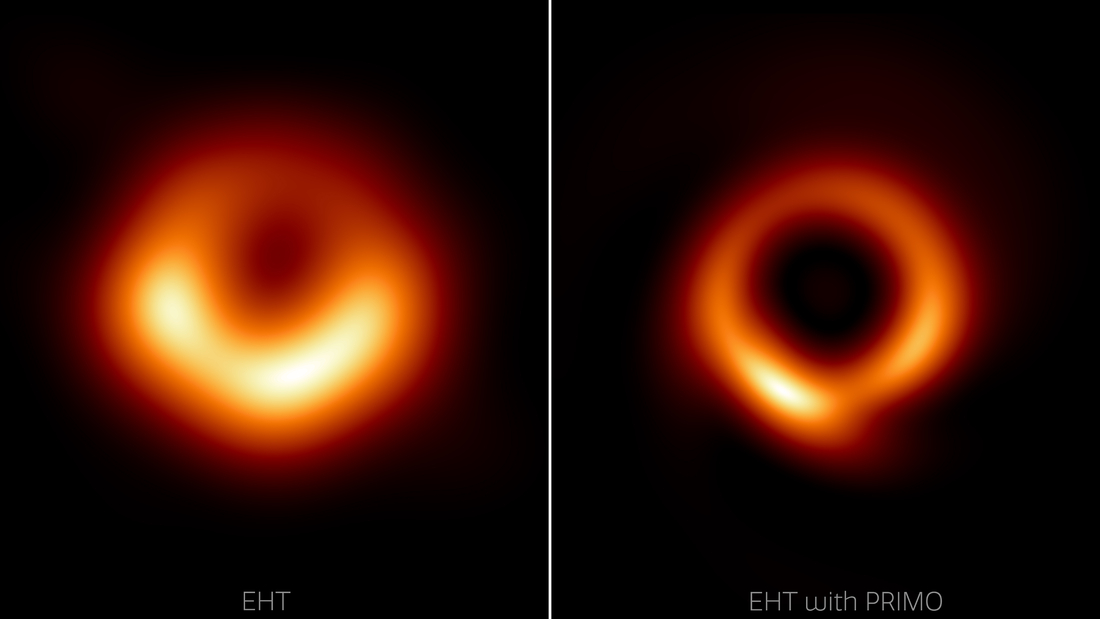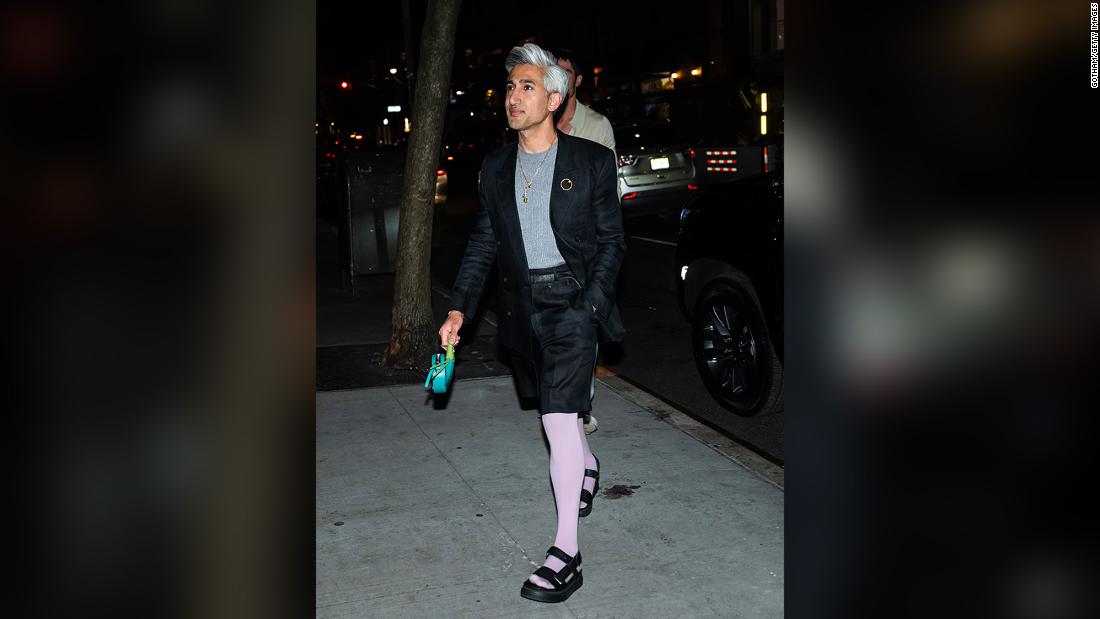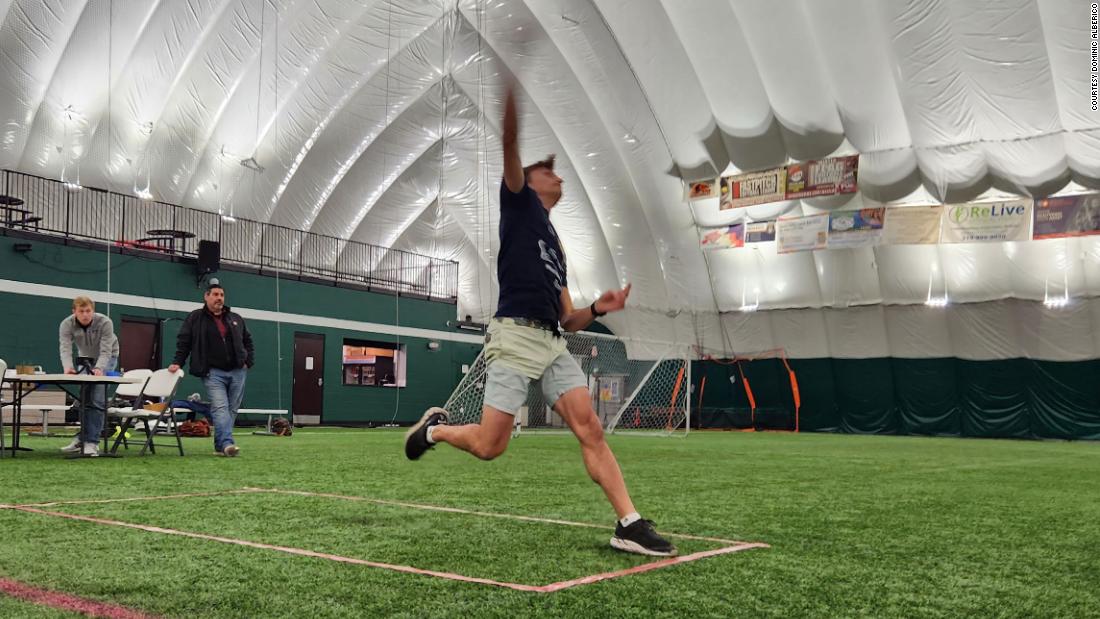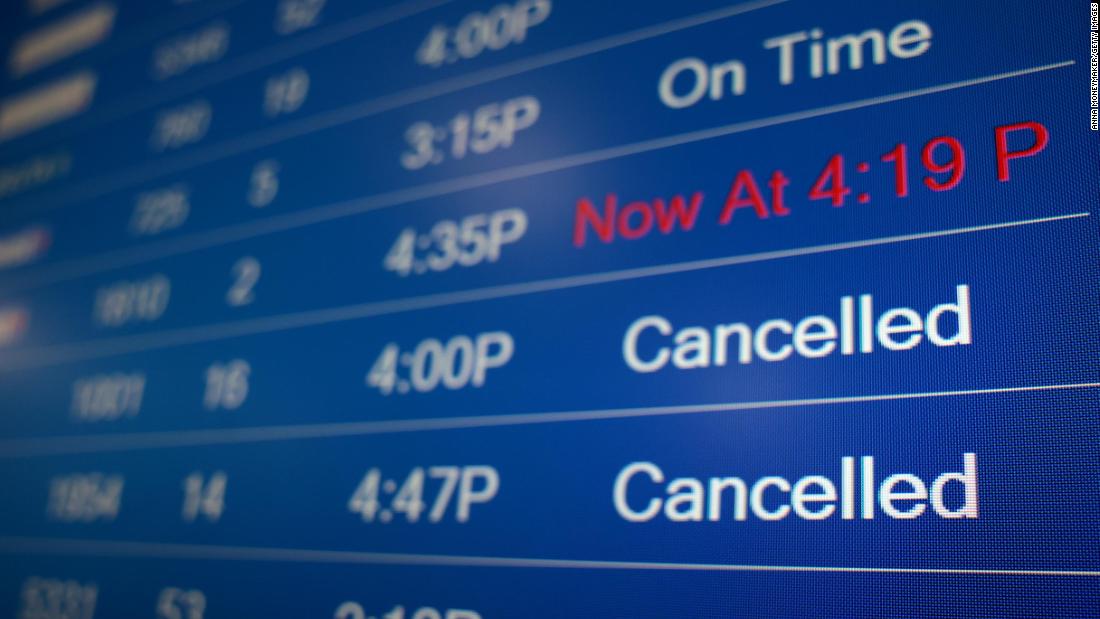UKRAINE’S shock sleeper drone blitz on Russia’s bomber fleet has delivered a hammer blow to Vladimir Putin’s nuclear arsenal.
The SAS-style strike against four airfields deep inside Russia is reminiscent of the most daring raids of the WW2 that turned the tide against the Nazis.
East2WestUkraine hit bombers at the Russian Belaya Air Base in Irkutsk[/caption]
UnpixsRussian locals filmed the drones taking off and attacking the air bases in awe[/caption]
UnpixsUkraine released photos of the drones in the crates taken from inside Russia[/caption]
Volodymyr Zelensky oversaw the operation – much like Winston Churchill did as Britain struck deep behind enemy lines.
The Ukrainian said: “It’s genuinely satisfying when something I authorized a year and six months ago comes to fruition and deprives Russians of over forty units of strategic aviation.
“We will continue this work.”
Putin’s doomsday bomber fleet is now crippled with 41, or a third, of his most prized aircraft lying in smouldering wrecks on tarmac.
Ukraine said the sneak attack was worth $7bn (£5.2bn) in damage – caused by only 117 cheaply made drones.
Like Israel’s mass pager sabotage against Hamas, Kyiv has rewritten the rule book in how to strike the heart of their enemy.
Ukraine’s spies spent 18 months putting the plan into action and struck on the eve of fresh peace talks in Istanbul.
June 1 also marks the infamous date Ukraine handed back its last nuclear bomb to Russia 26 years ago.
SBU spies targeted five Russian airbases in the daring mission that is continuing Ukraine’s pioneering use of drone warfare.
Kyiv has now released detailed information about how it evaded Putin’s spies and conducted the strike.
The drones and the containers were smuggled into Russia separately and were pieced together right under Vlad’s nose.
Clueless lorry drivers then parked the containers next to Russian airbases – where they waited in plain sight.
Zelensky said the drivers were led far away from their vehicles – as Ukraine looked to hide those involved from Russian spies.
Then, on the morning of June 1, the fleet of flying bombs rose over the far reaches of Russia – and the most daring military operation of the war began.
UnpixsPlanes could be seen smouldering from miles away following the attack[/caption]
East2WestVasyl Maliuk, head of the Security Service of Ukraine (SBU), examining maps of five targeted Russian airbases[/caption]
East2WestUkrainian drones showed recorded as they spiralled down into the bombers[/caption]
Nondescript shipping containers parked in laybys and verges had attracted little attention – before their lids blew open and the drone swarms poured out.
Russian civilians stood in awe as they saw the drones fly out of the containers and head in the direction of the airbase.
The craft buzzed as they took off into the air and only had to travel a short distance to their valuable targets.
Each of the 117 drones had their own dedicated pilot and Russia had no defences to protect their bases and stop them.
Drones with cameras sent video back to HQ of the moment craft struck their targets and explosions ripped into the sky.
One hapless Russian soldier stationed at an air base recorded himself standing just meters from several burning wrecks.
TwitterOne Russia soldier recorded himself at an airbase following the strike[/caption]
TwitterThe soldier then recorded the burning wrecks of planes[/caption]
Svodka38/e2wSmoke could be seen from miles away as the planes burned[/caption]
CCTV recorded other Russia soldiers trying to use anti-drone guns on the craft speeding past – but to no avail.
Thick black smoke went high into the sky, with civilians near the bases sending Ukraine’s success around the world.
The furthest strike was Belaya Air Base – so far inside Russia that the closest neighbouring country is Mongolia.
Olenya Air Base near Finland and Ivanovo and Dyagilevo near Moscow were also struck in the country’s west.
Russia’s strength – it’s size – had become its weakness – with military planners not banking on needing to defend attacks deep inside Siberia, one expert said.
Zelensky touted the operation as “historic” and revealed he had overseen Operation Spiderweb.
The valiant leader said: “What’s most interesting, and this can now be stated publicly, is that the ‘office’ of our operation on Russian territory was located directly next to FSB headquarters in one of their regions.”
Planning was so secretive that Donald Trump and the White House – who is providing Ukraine with key intelligence and weapons – was not told.
TwitterA Russian defender uses an anti-drone gun on one craft flying past[/caption]
TwitterThe drone struck its target, sending a bright orange explosion into the sky[/caption]
TwitterThe soldier then got on the phone and called someone[/caption]
Destroying the nuclear bombers is key for Ukraine’s defence as they are one way that Moscow is able to send its nightly barrage of bombs at the country.
Fresh satellite pictures from Belaya airfield, in Irkutsk Oblast deep inside Siberia, show planes lying in ruins on the runway.
Ukraine had also thought about how to destroy the evidence of their attack.
The containers were booby trapped and fitted with explosive devices.
They appeared to go off following the successful attack, or if locals started to fiddle with the crates.
Burning husks were leftover as Ukraine’s agents made a clean getaway, according to Zelensky.
Putin has quickly struck back – attempting to look strong as one arm of his nuclear triad has almost been destroyed.
TwitterDestroyed Russian bombers could be seen lying on the runway[/caption]
East2WestOne Russian caught the moment a crate exploded[/caption]
TwitterThe containers could be seen burning in the layby[/caption]
Two nuclear-missile capable Russian submarines are said to now be beneath the waves of the Black Sea.
Ukraine has already sent drones to destroy them, sources claim.
Kyiv has also sent another drone swarm to attack Kursk with one city seeing explosions like fireworks near apartment buildings.
Russia‘s Ministry of Defence branded the strikes as “terrorist attacks” and claimed that the drones had all been “repelled” – despite the damning footage.
Stunned Kremlin commentators described the blitz as “Russia’s Pearl Harbour” as they called on Putin to hit back with a nuclear response.
Ukraine hit long-range Tu-22M3 bombers, used in daily raids on Ukraine, Tu-95 long-range bombers an A-50 air reconnaissance aircraft.
The A-50 is an Early Airborne Warning and Control System, worth a cool £260million each.
The drones were reportedly trained by artificial intelligence (AI) to recognise the Russian bombers and execute automatic dive attack algorithms.
APVladimir Putin seen on Monday – after he was humiliated by the attack[/caption] Published: [#item_custom_pubDate]












